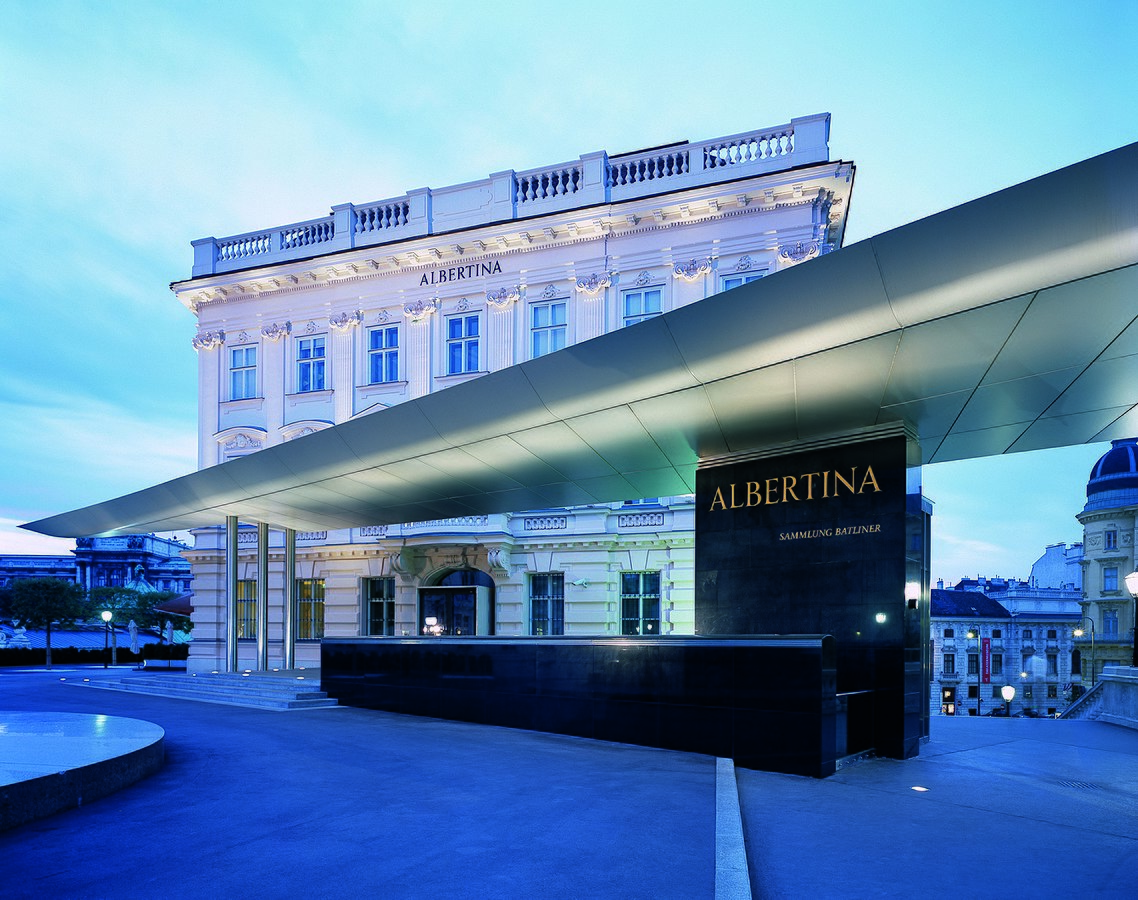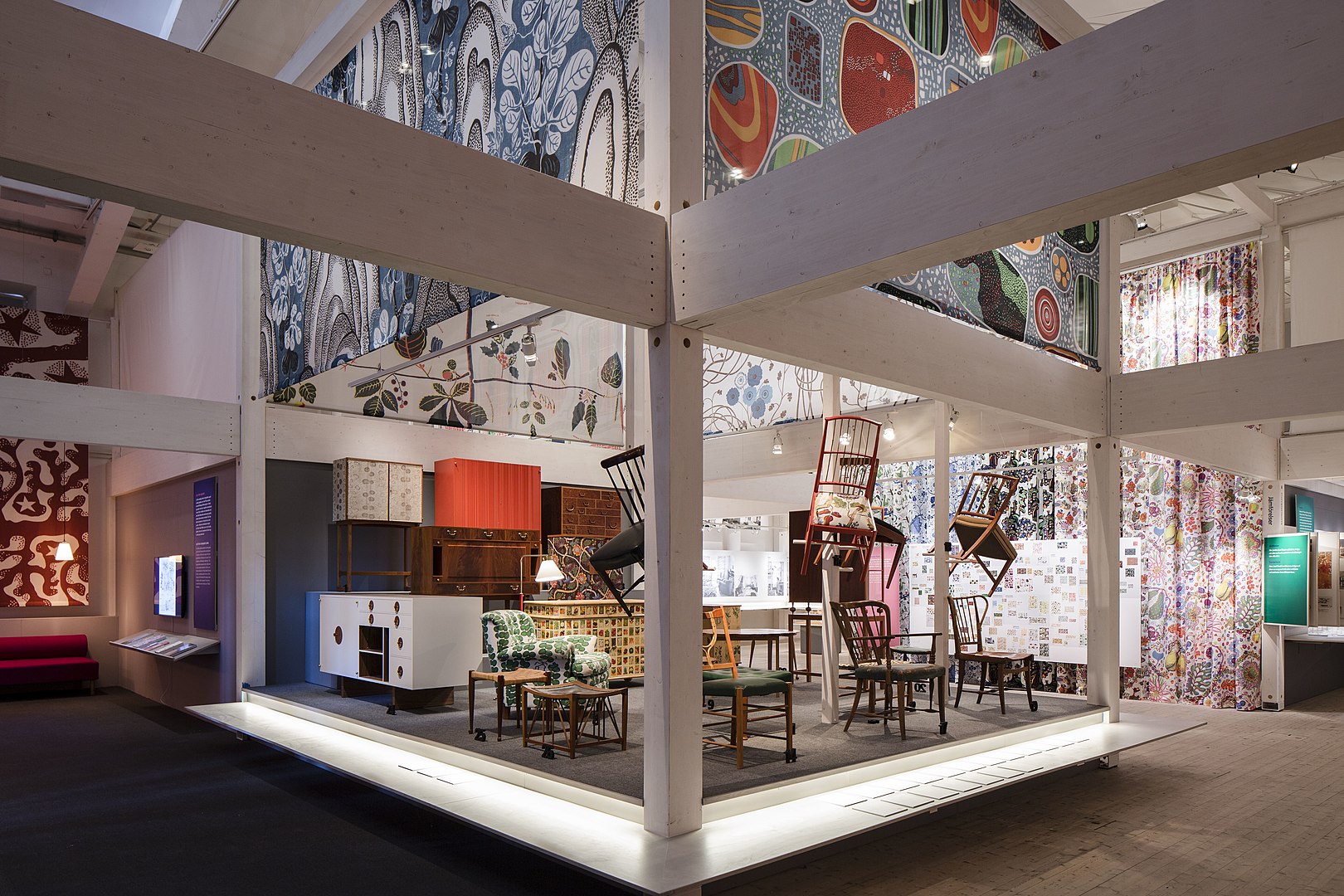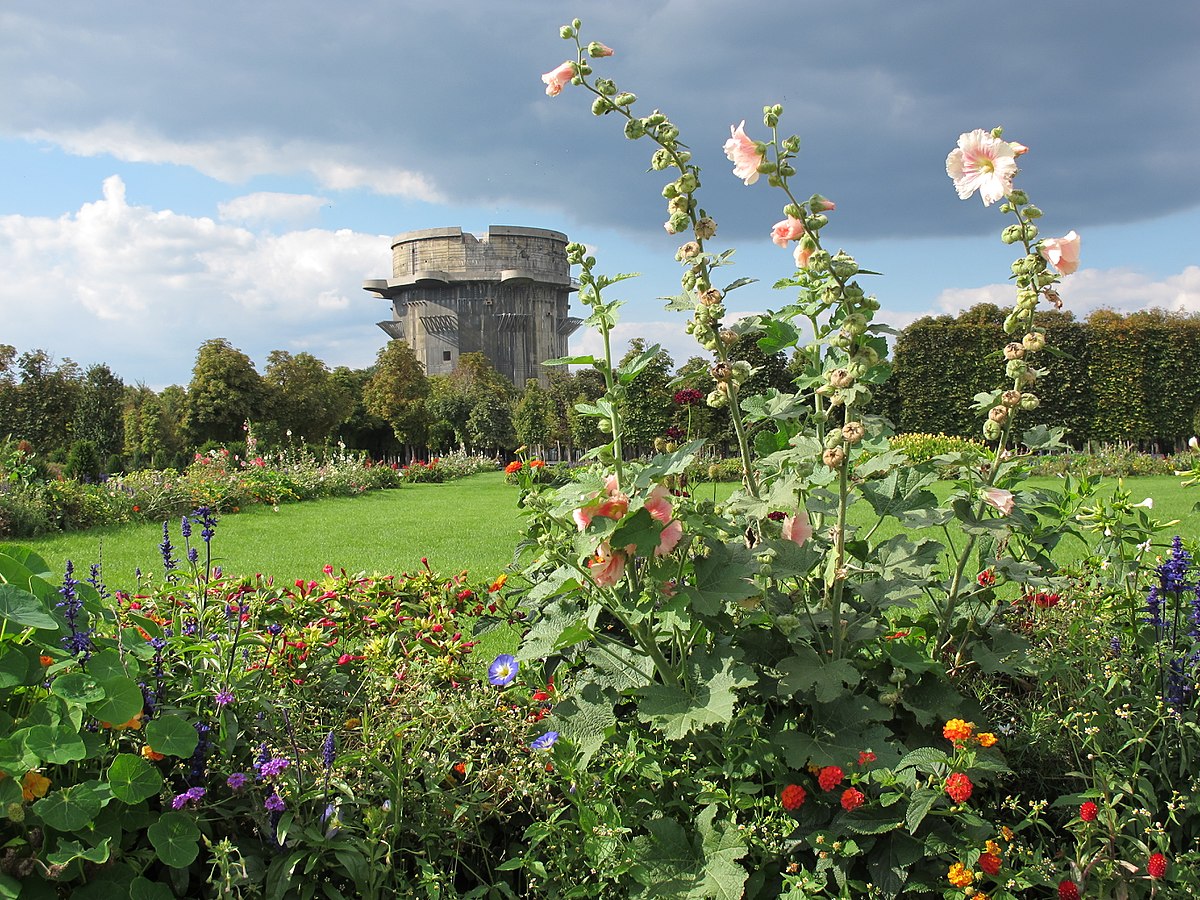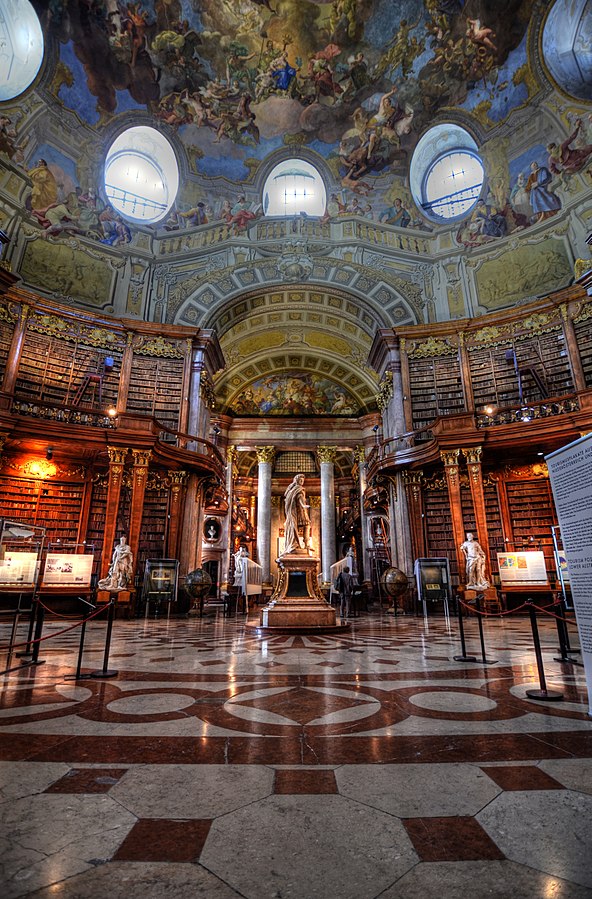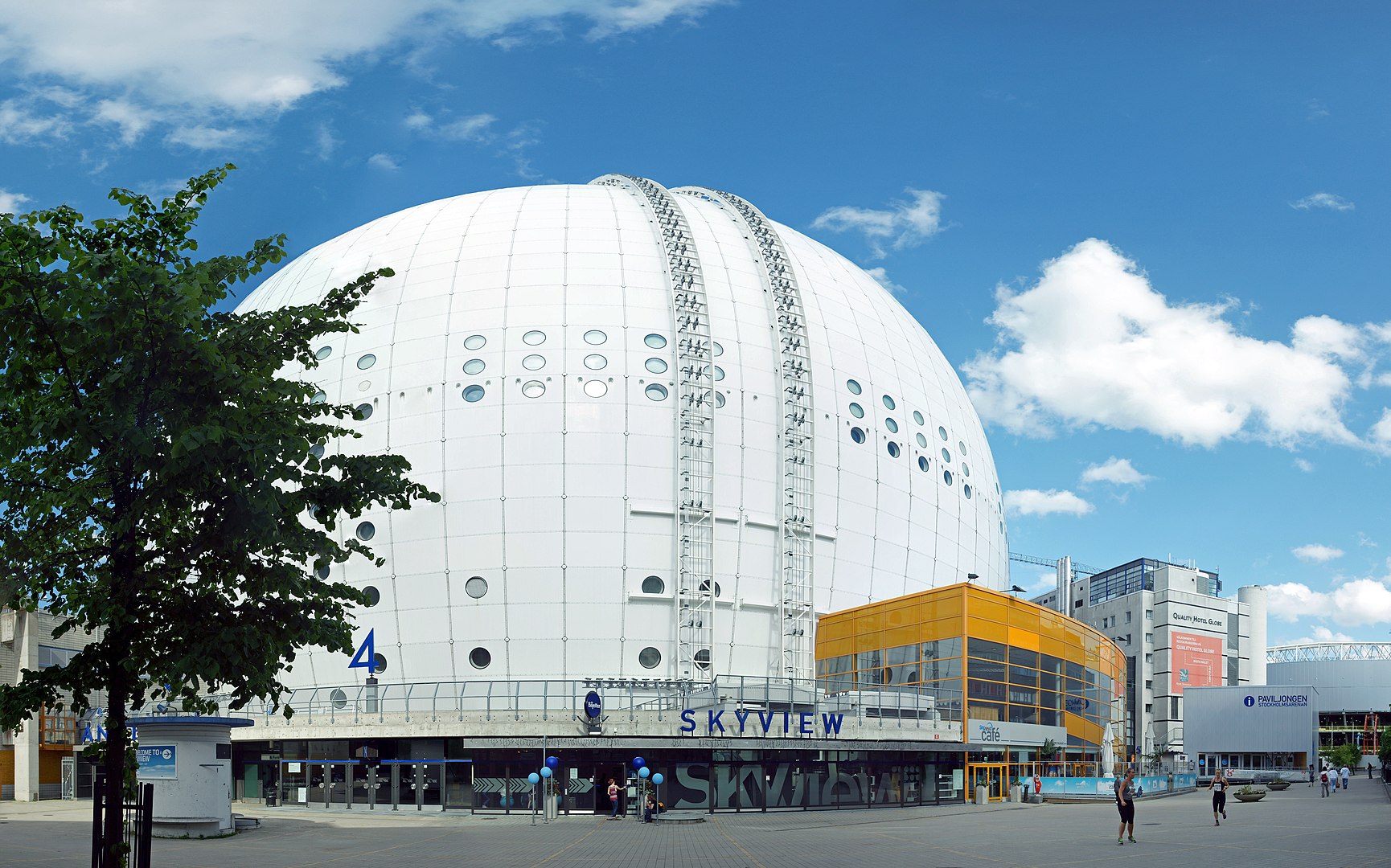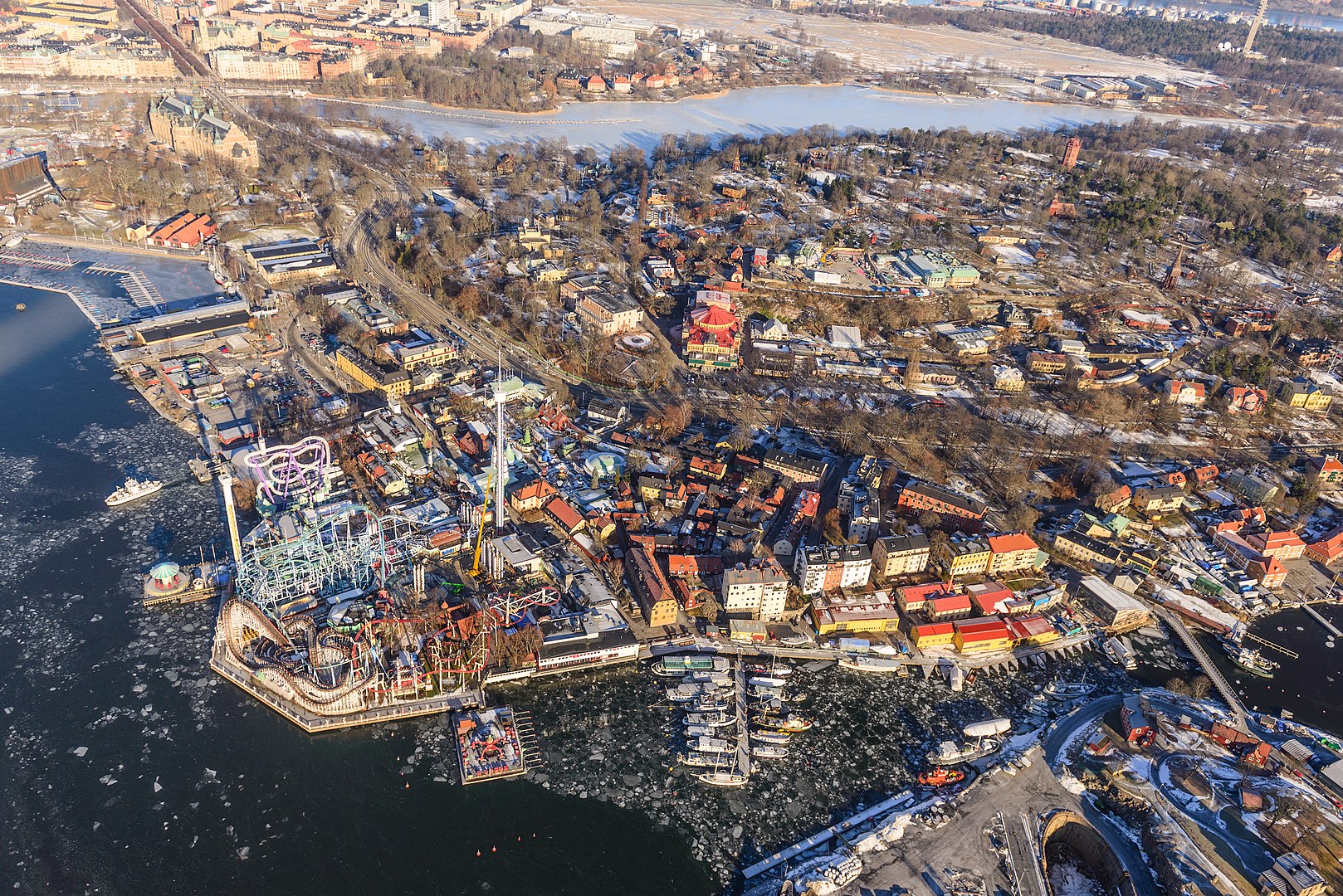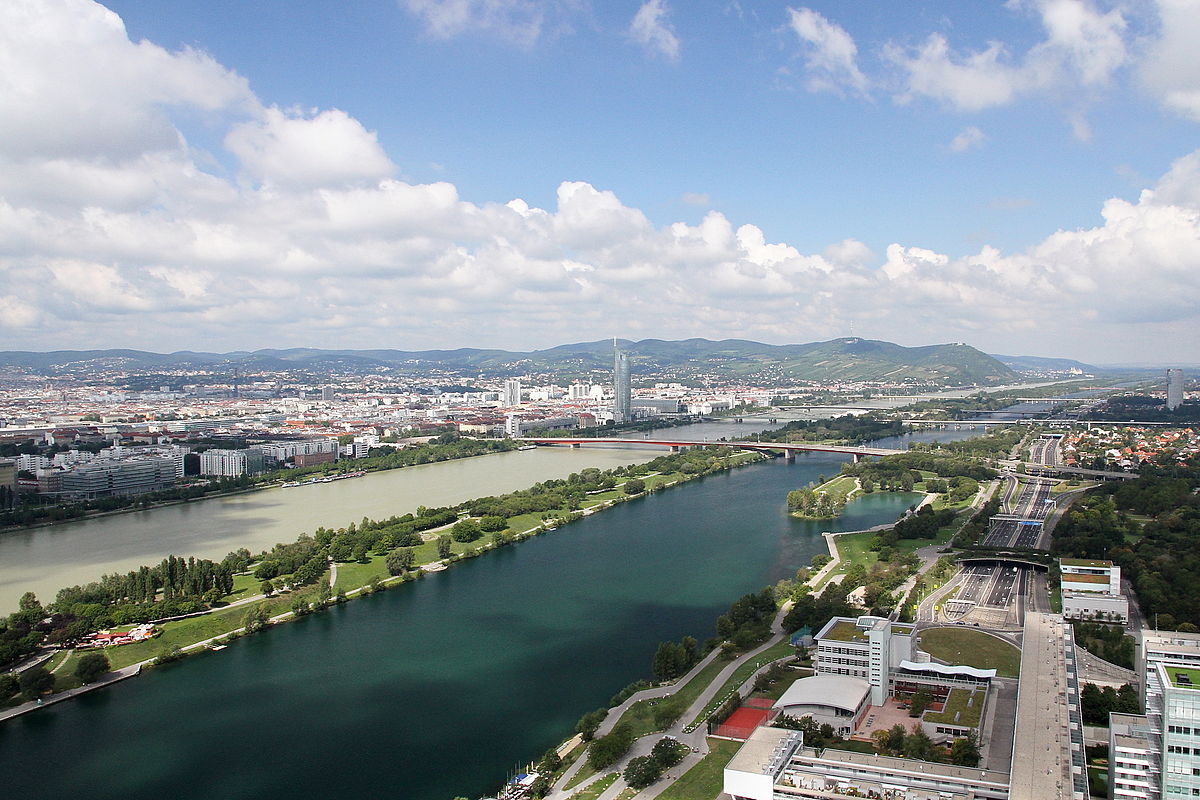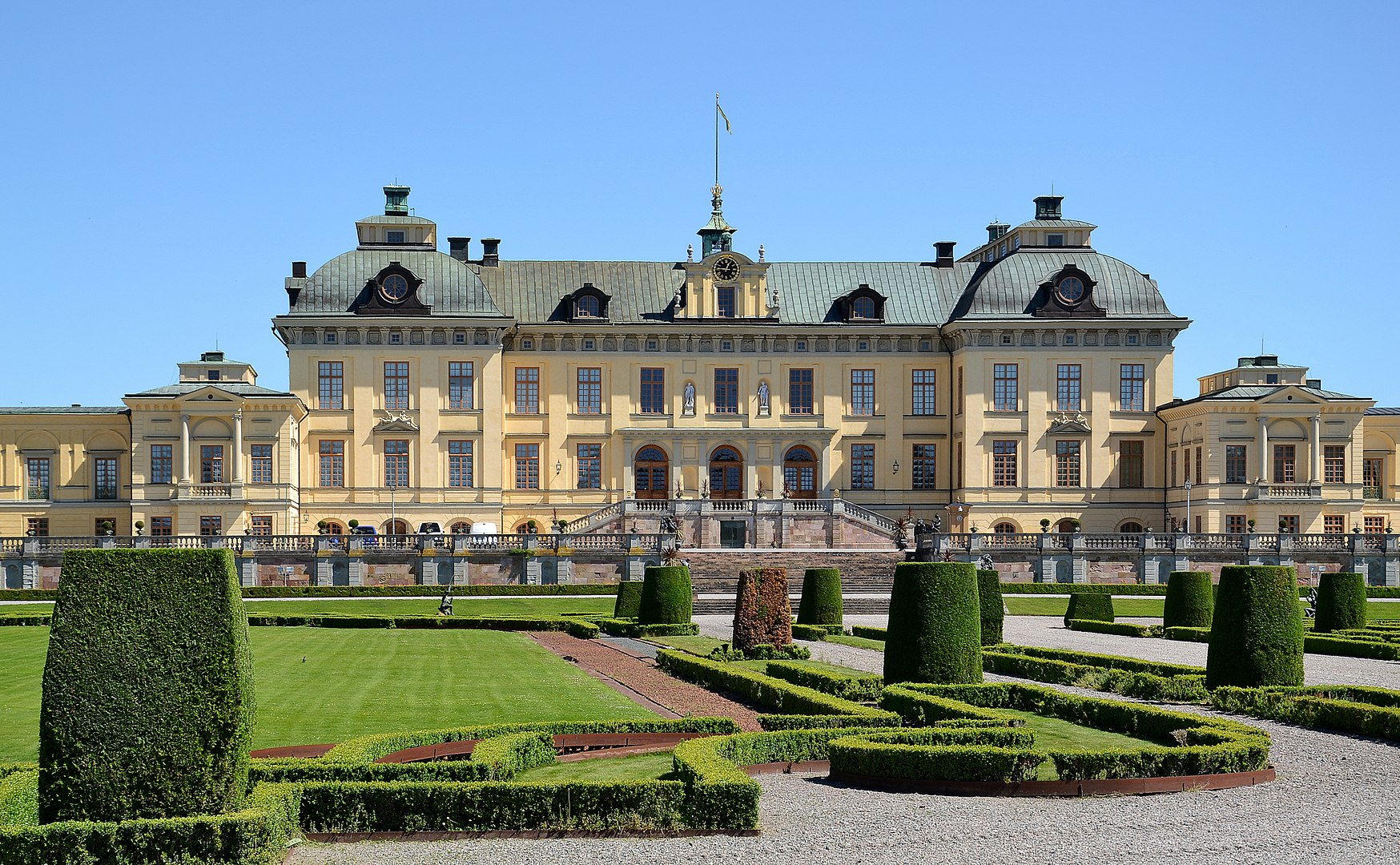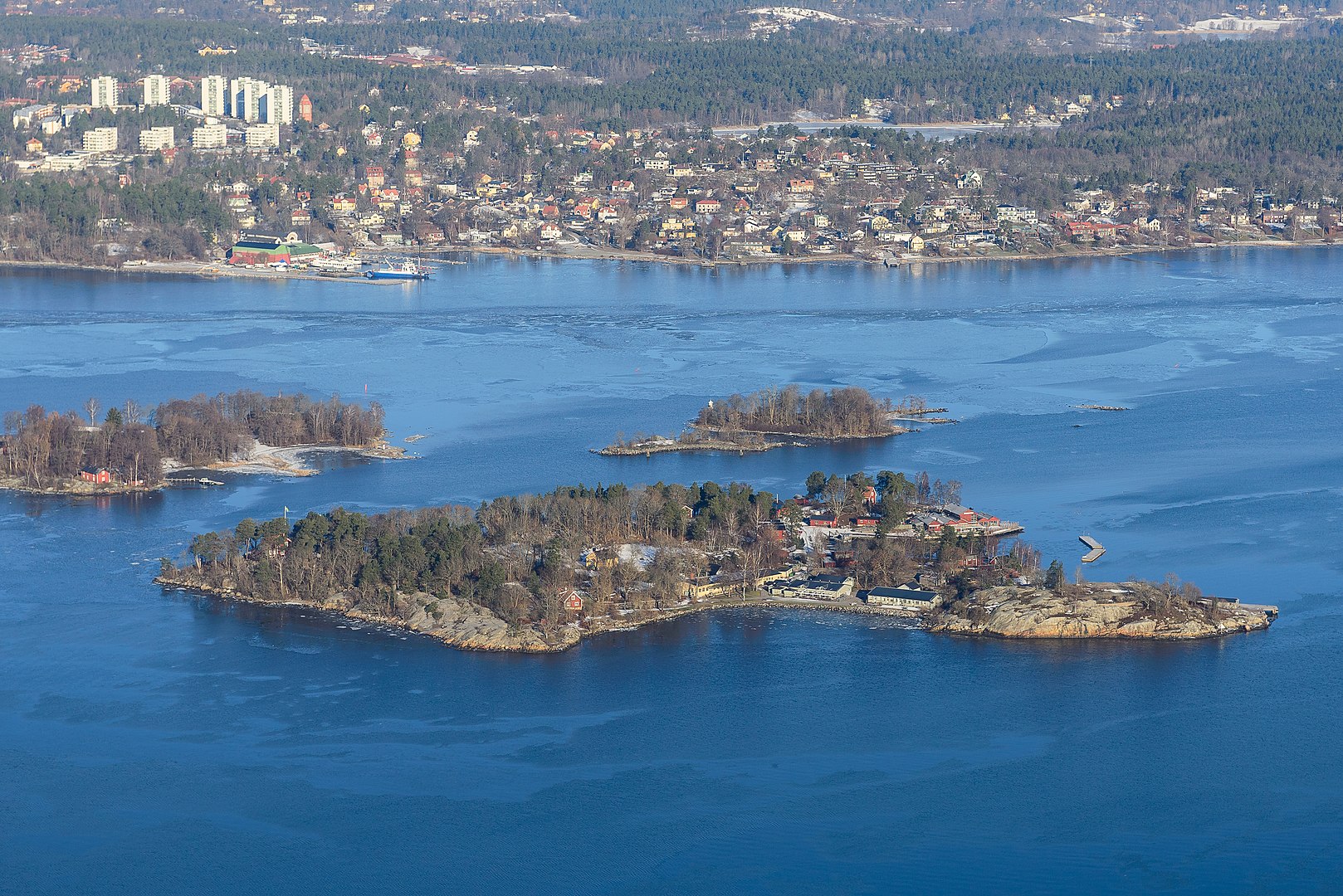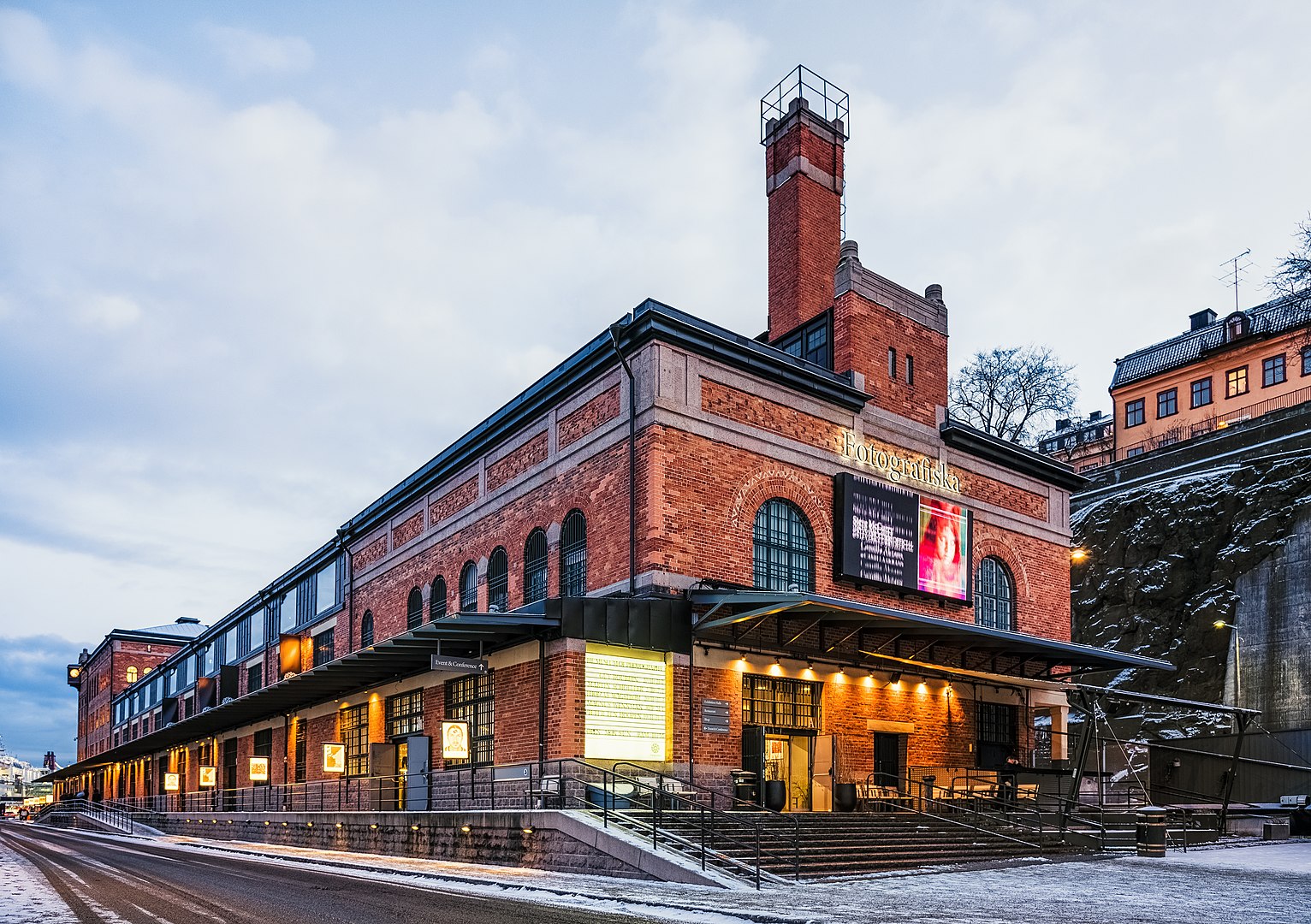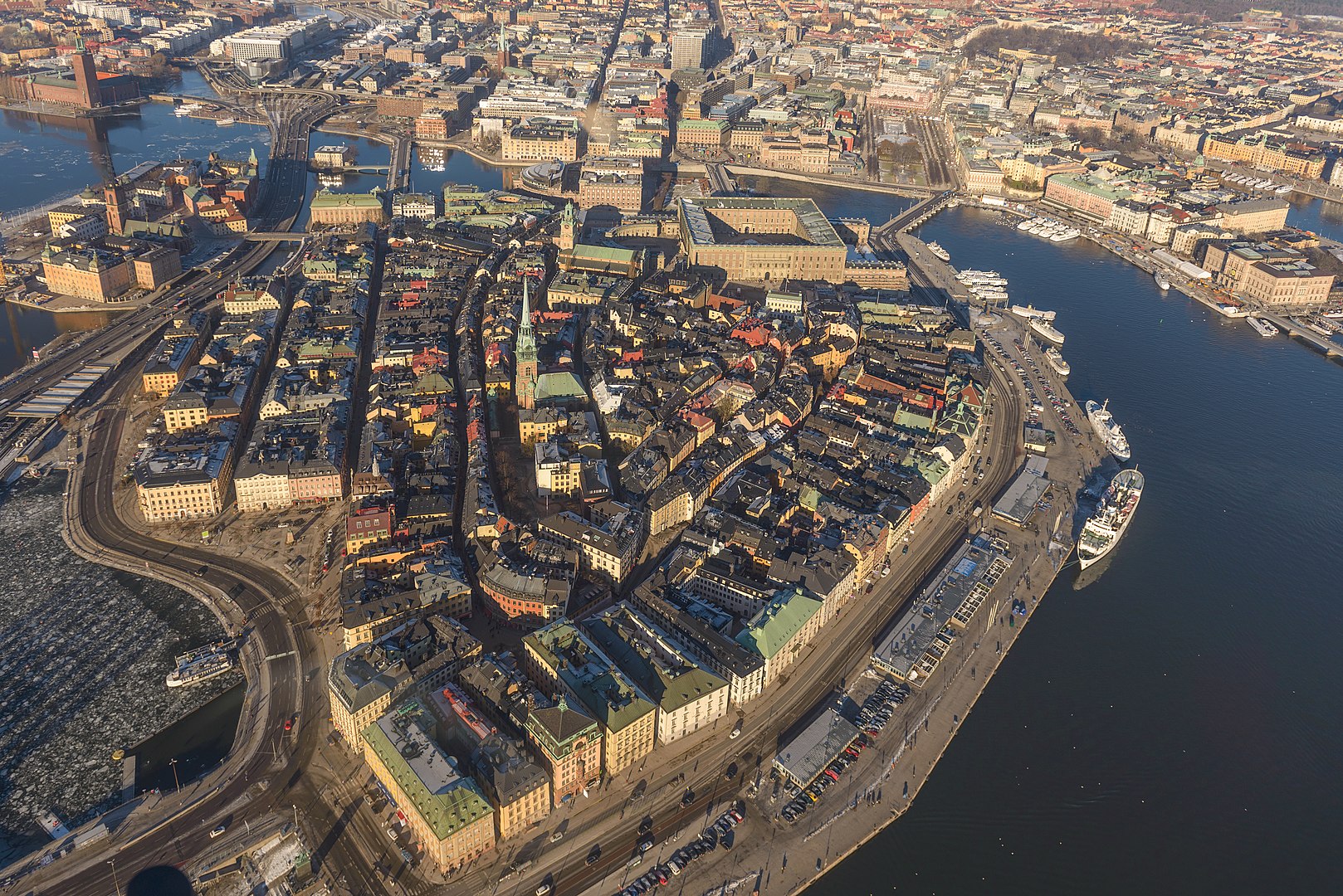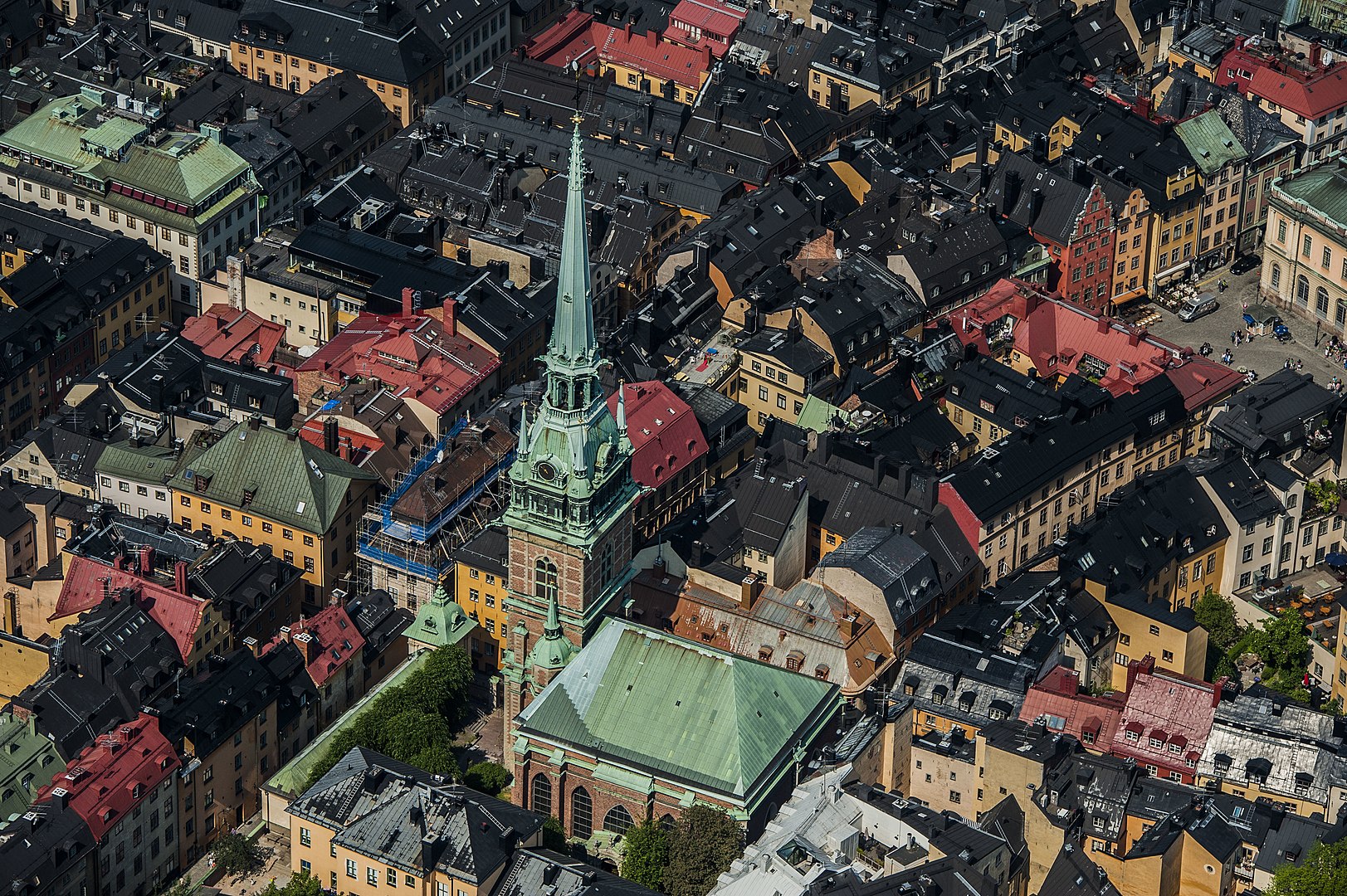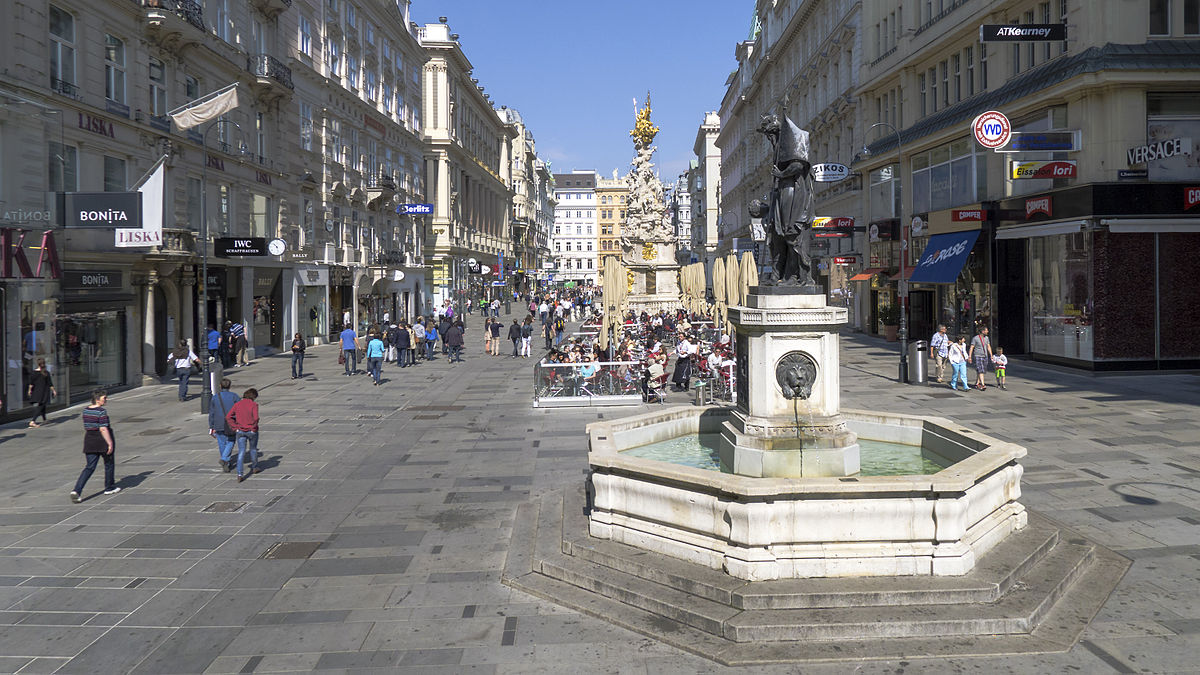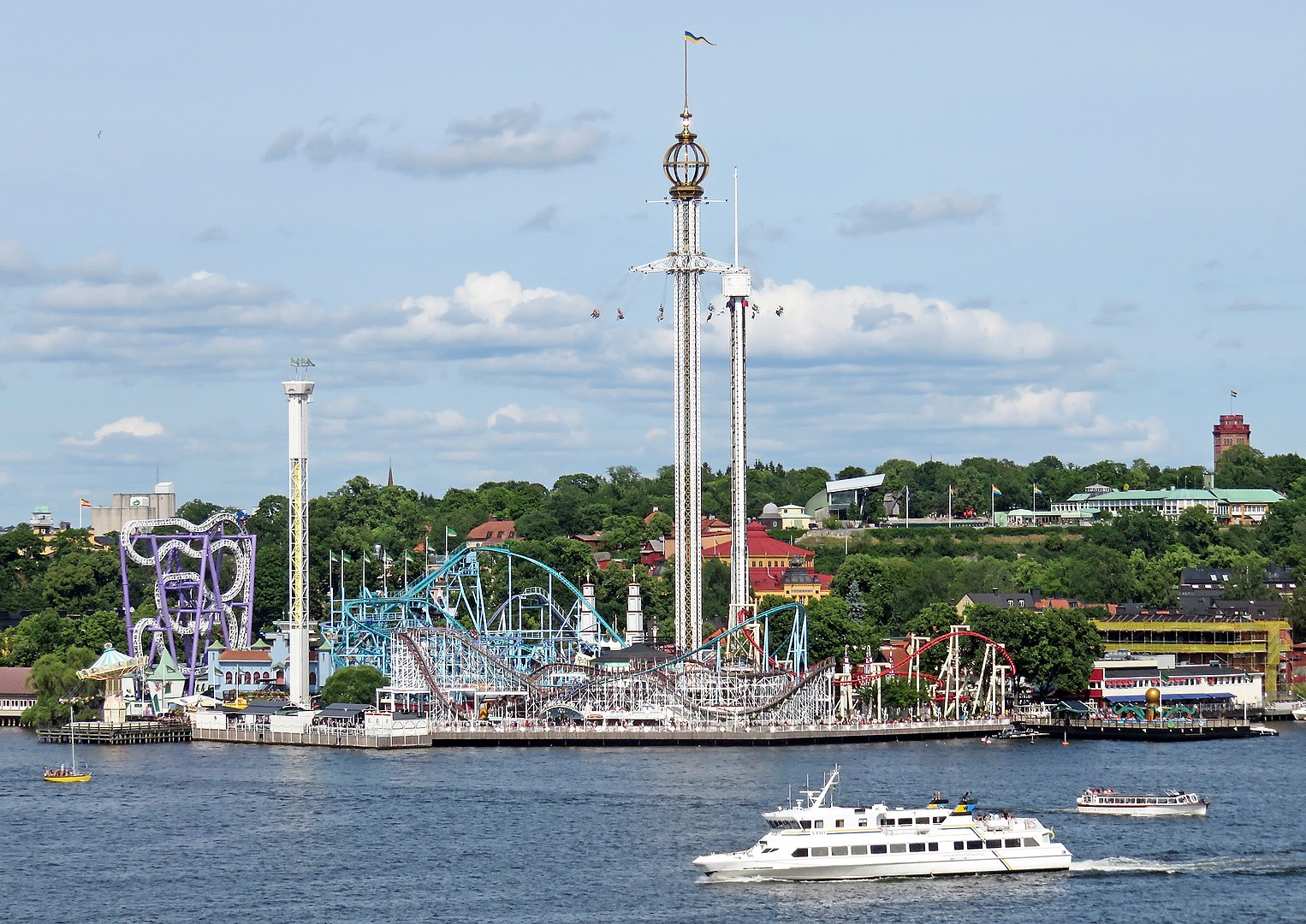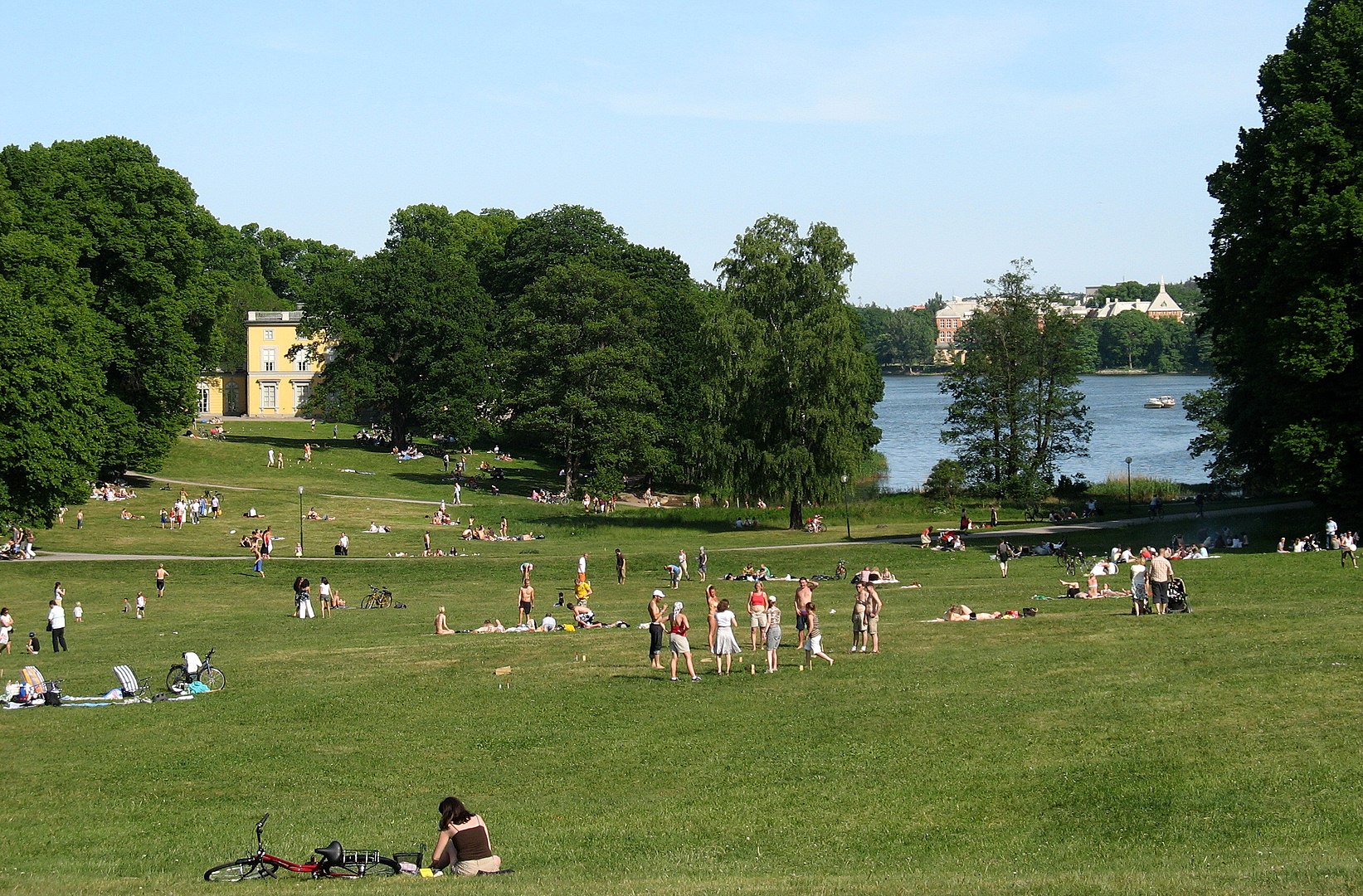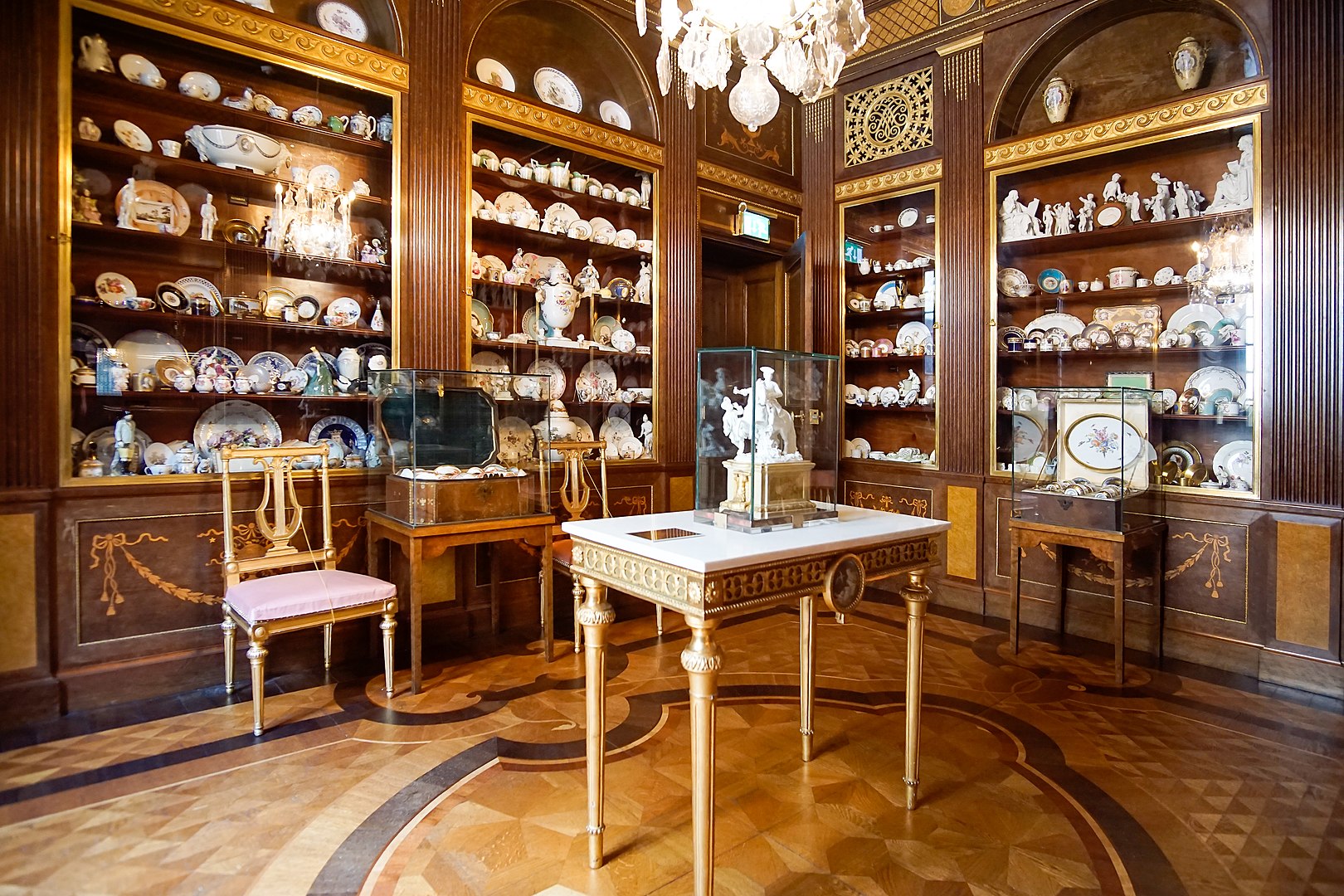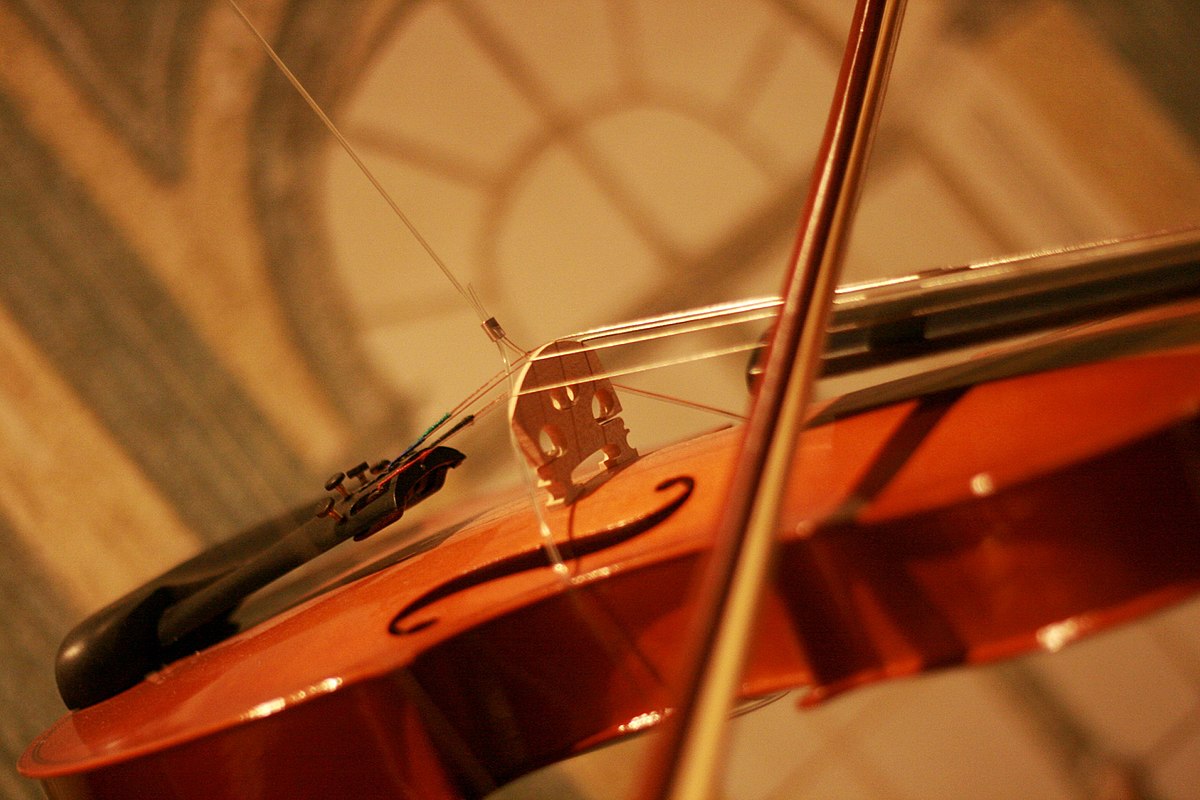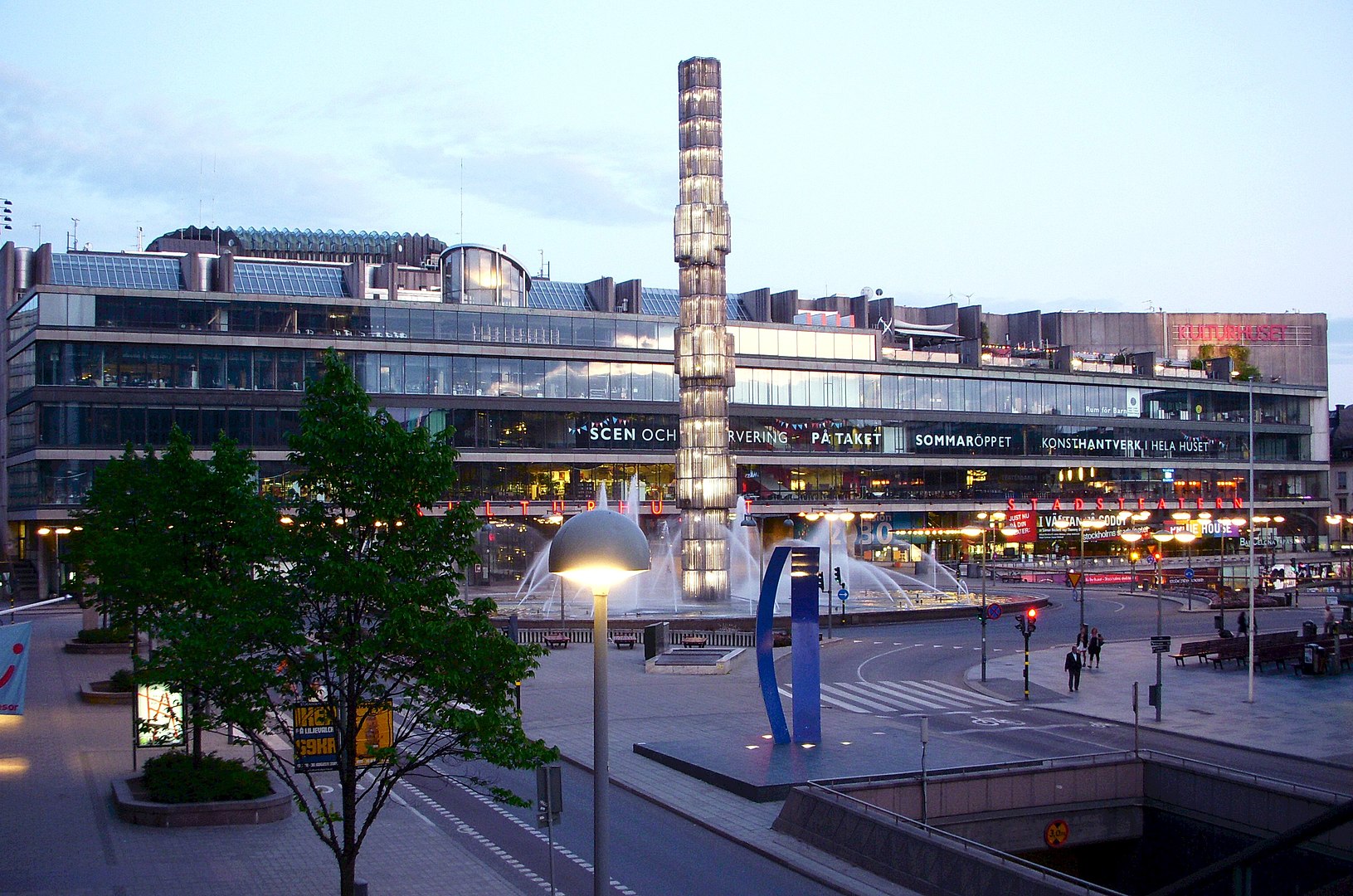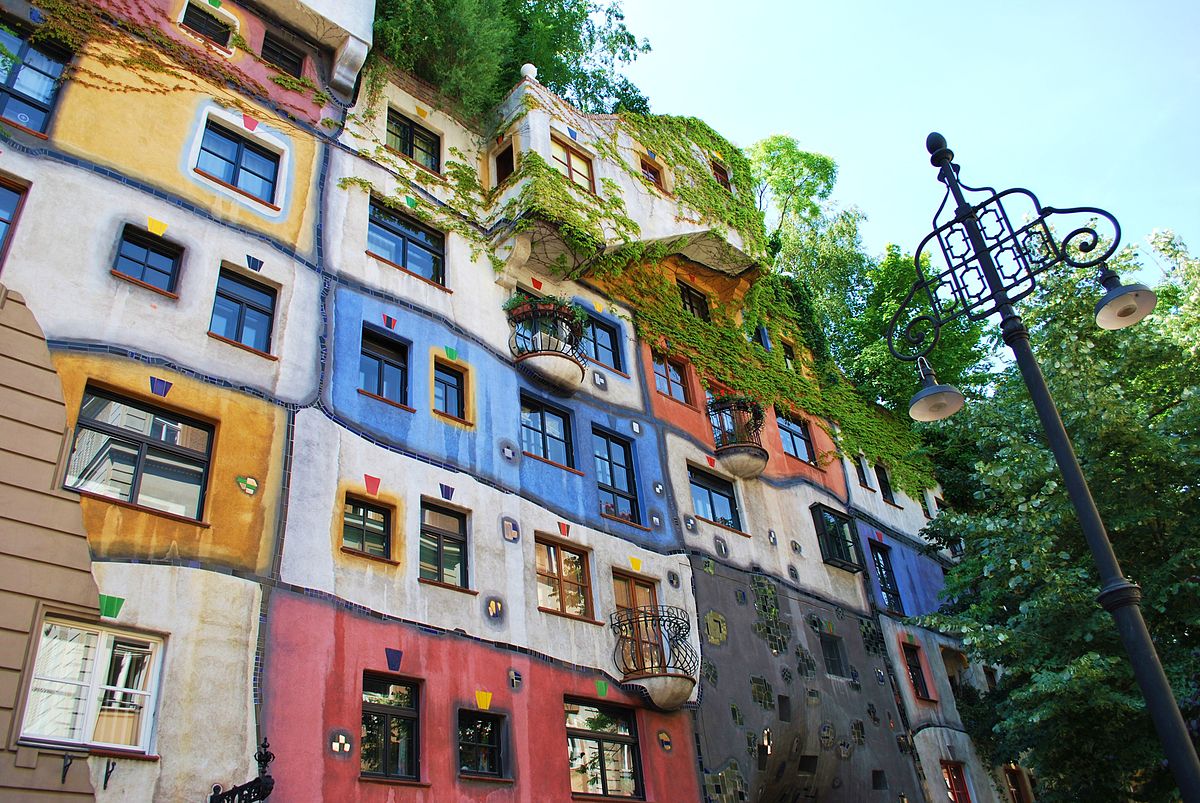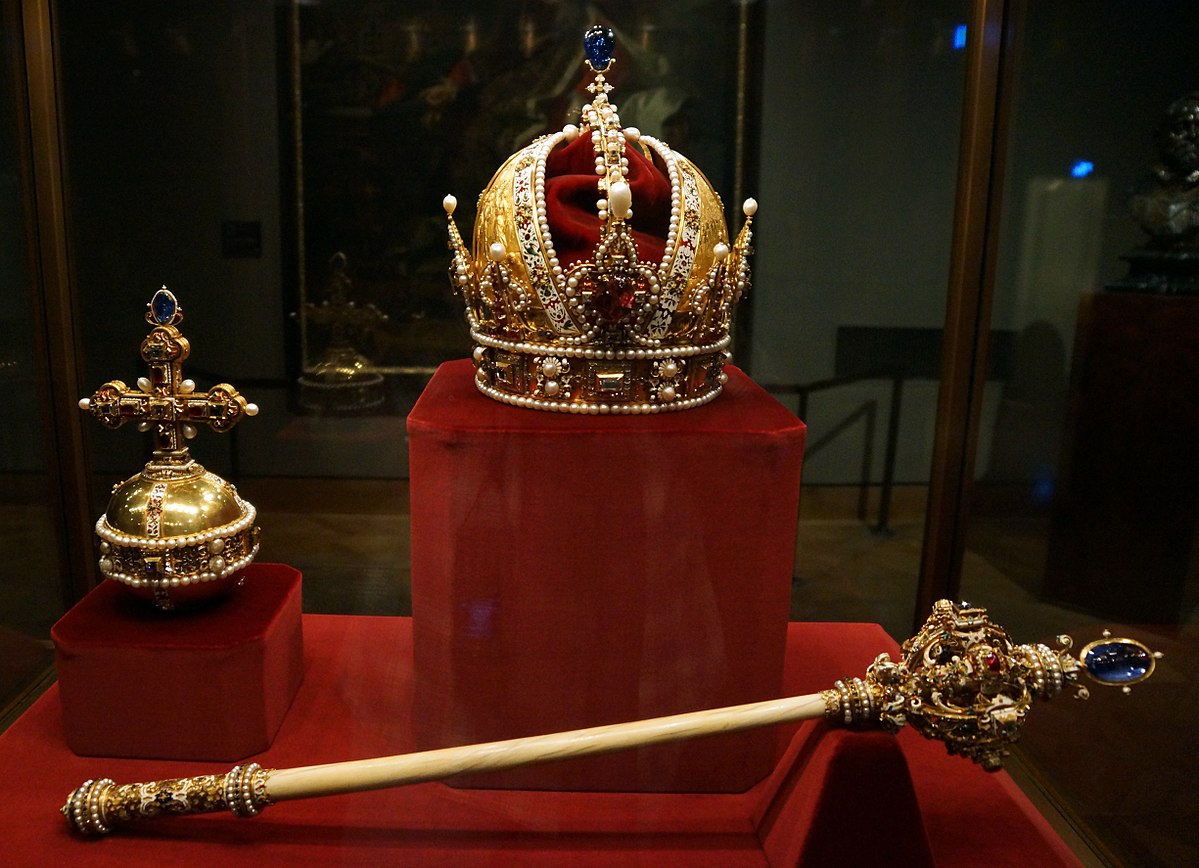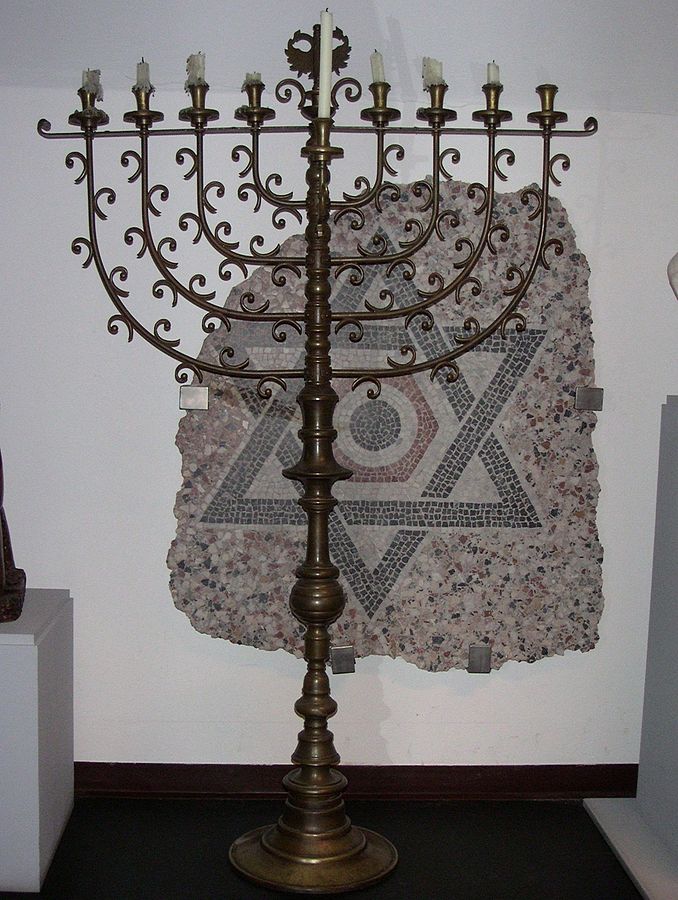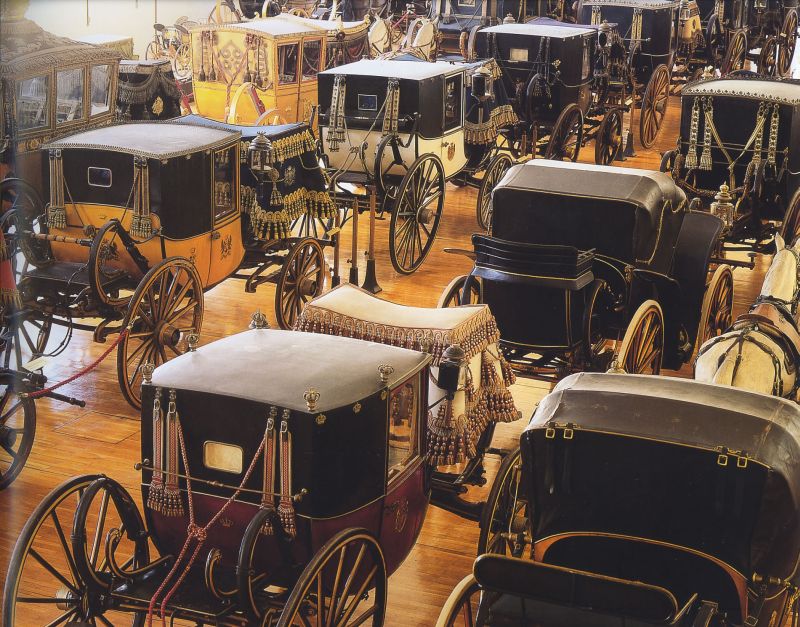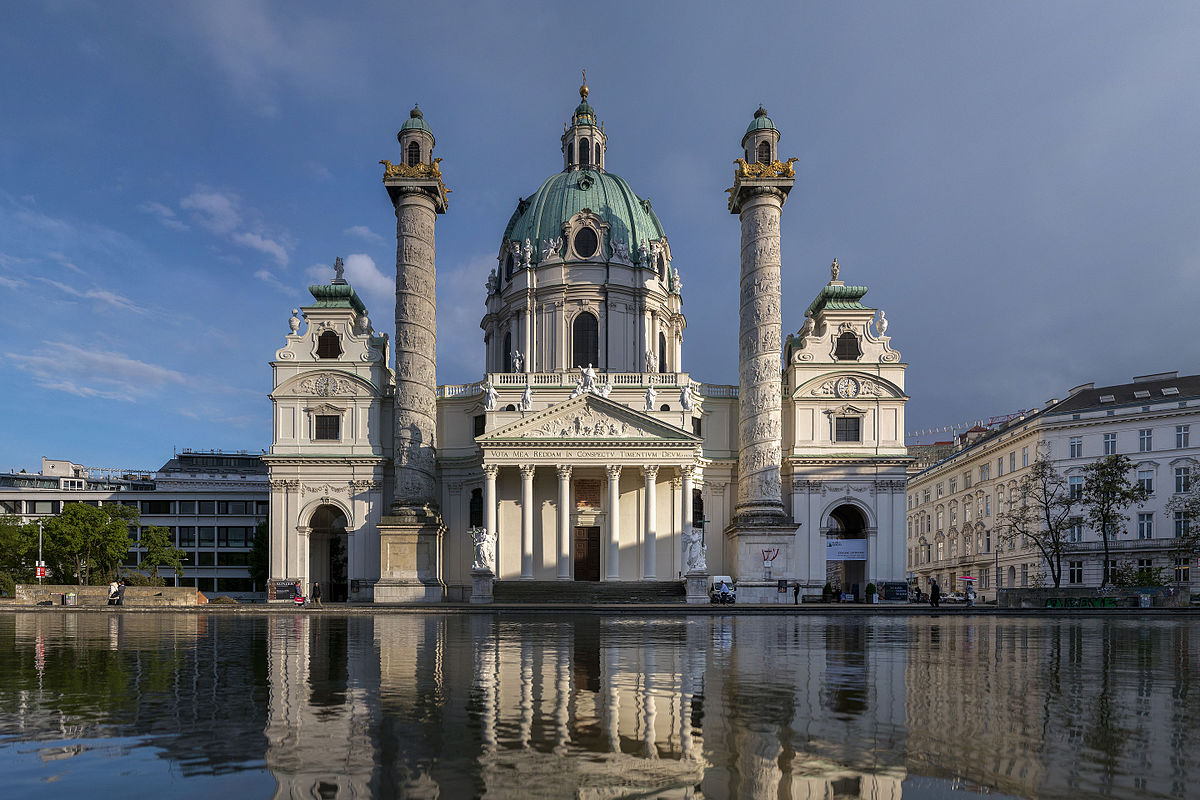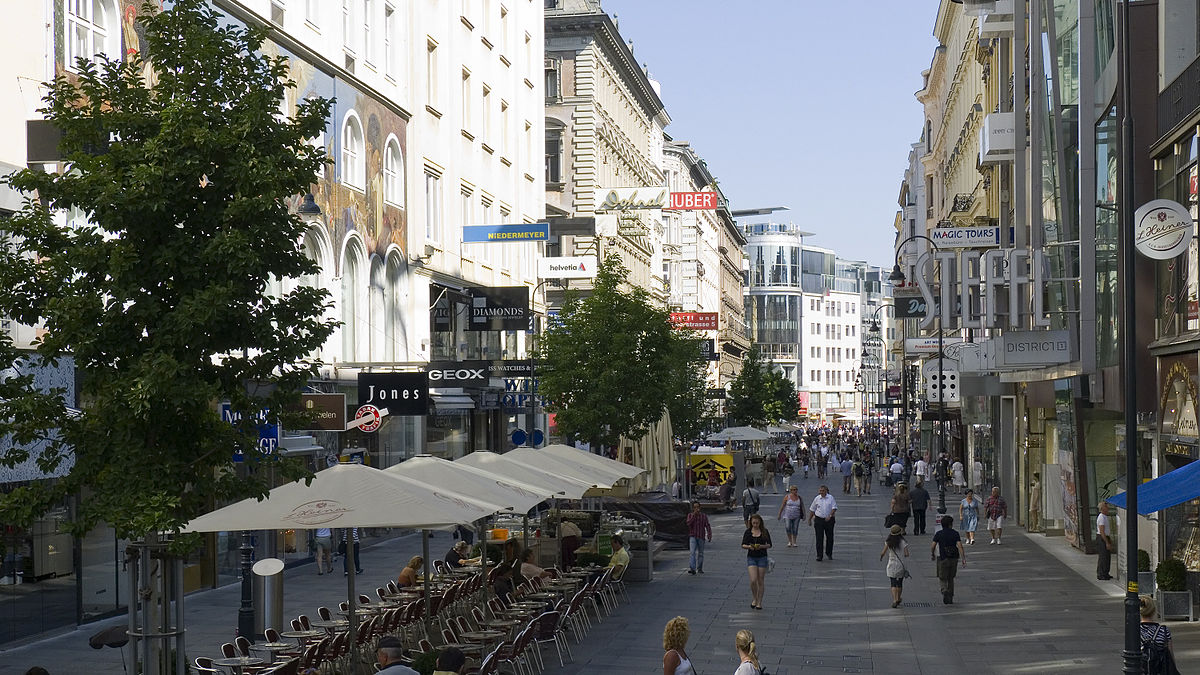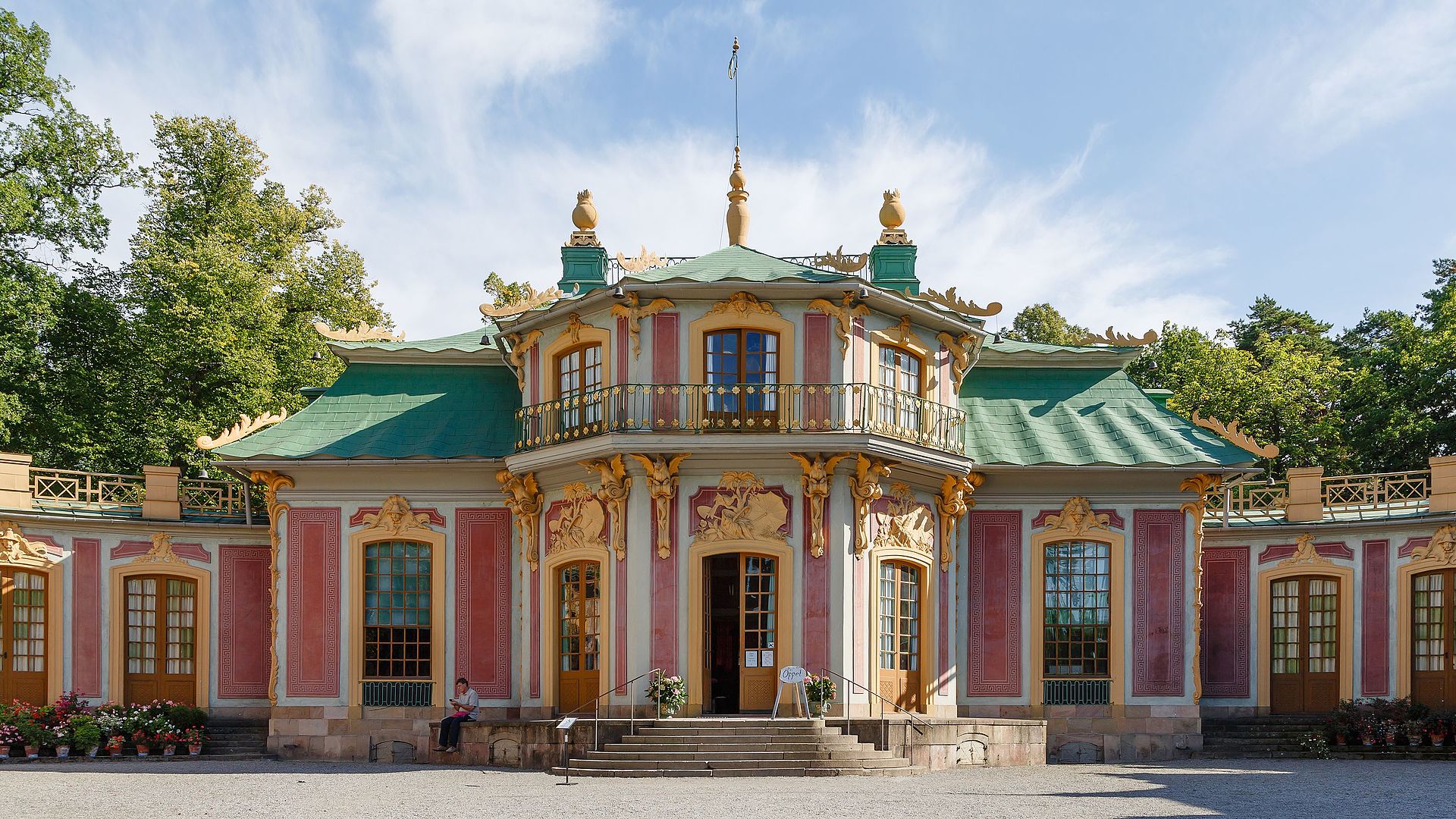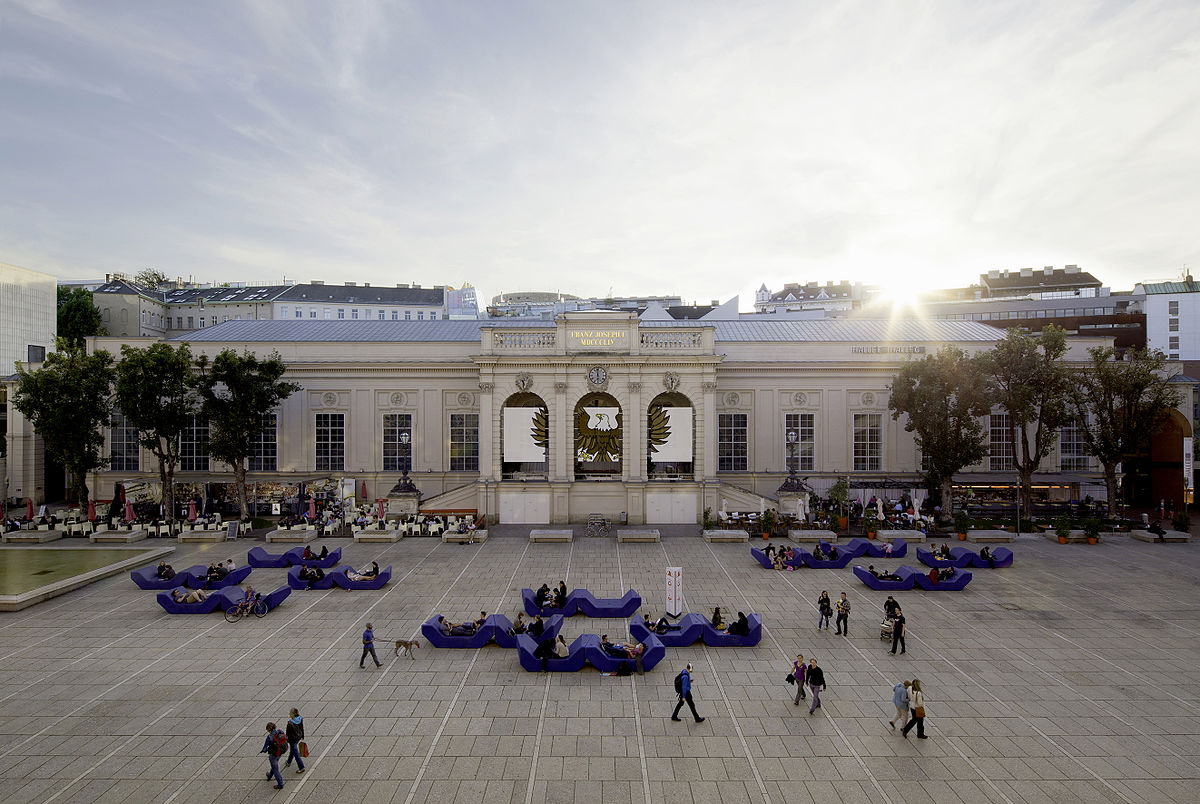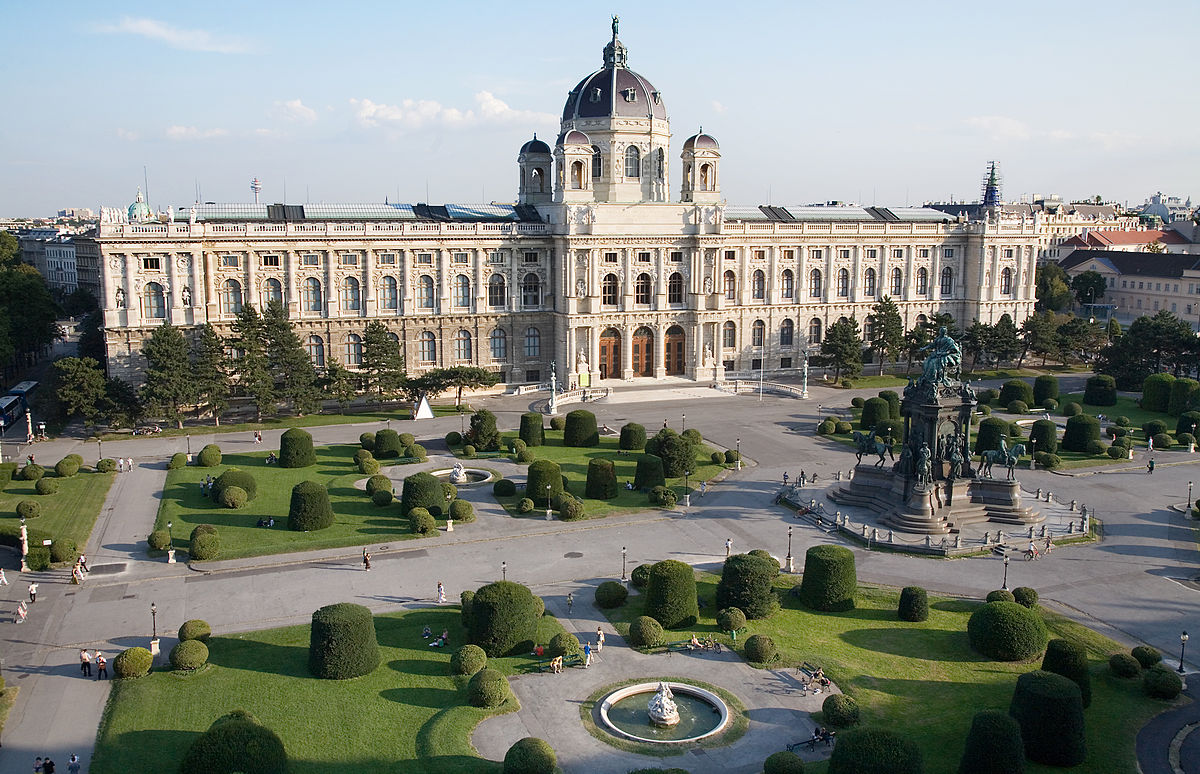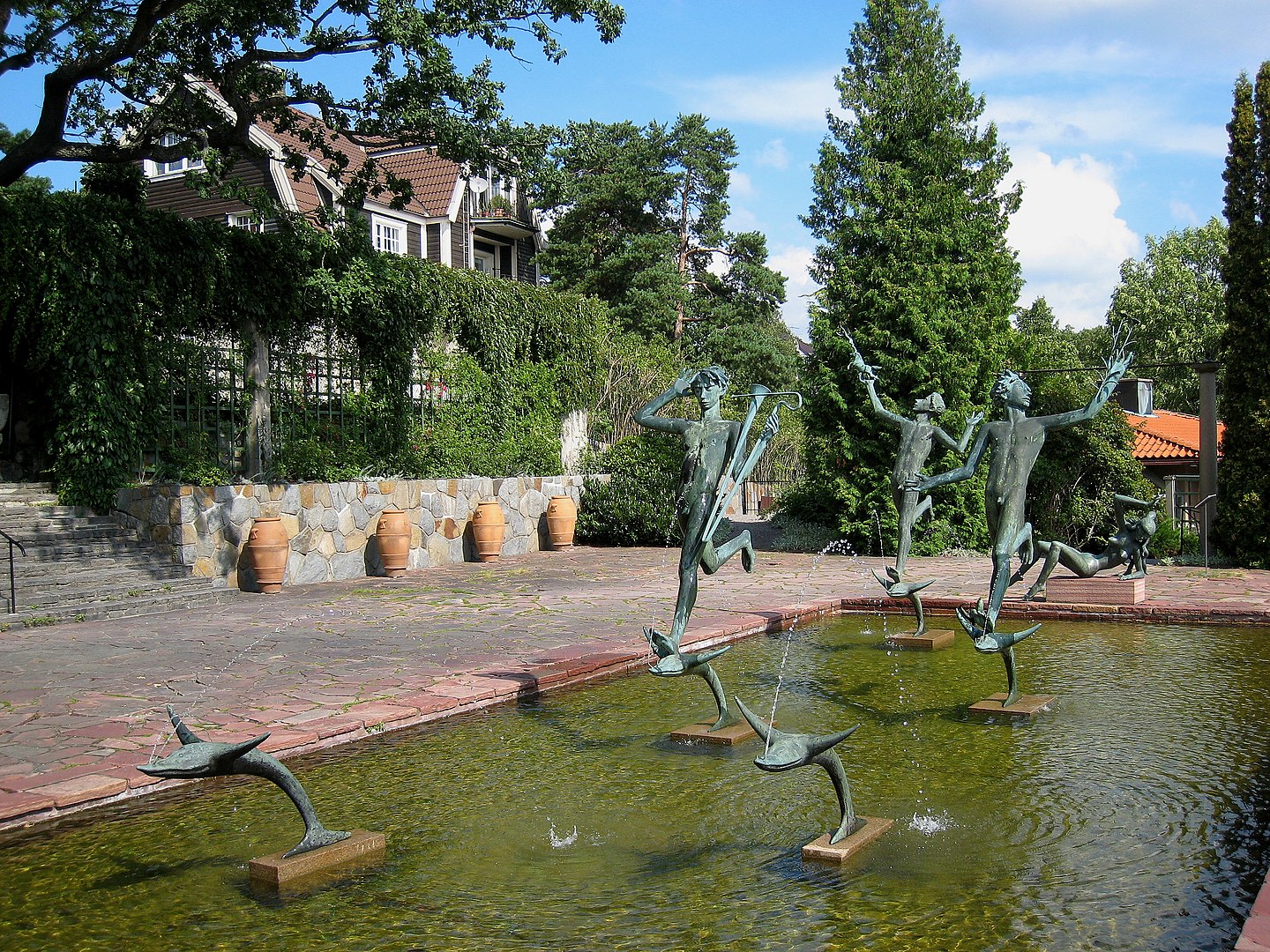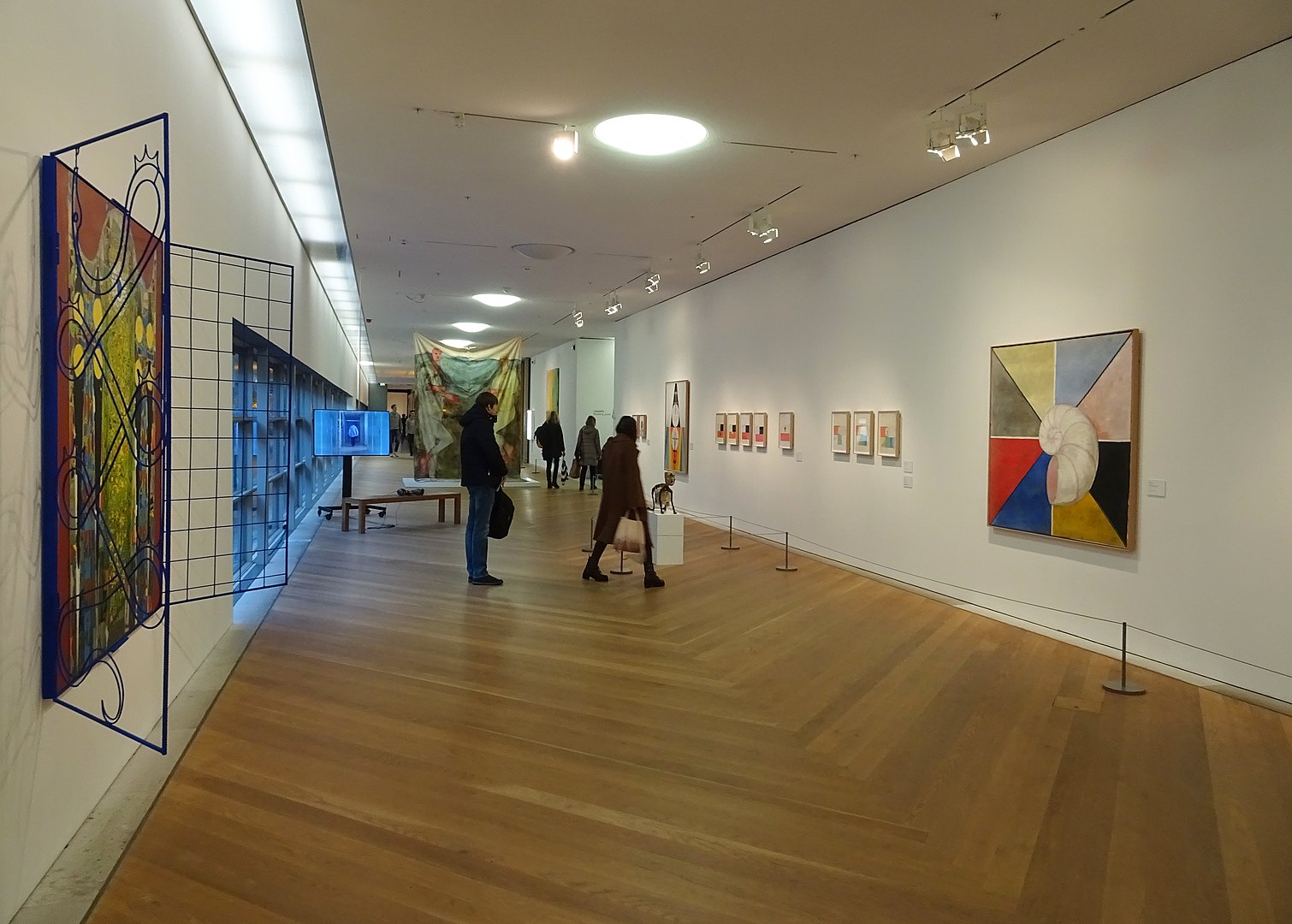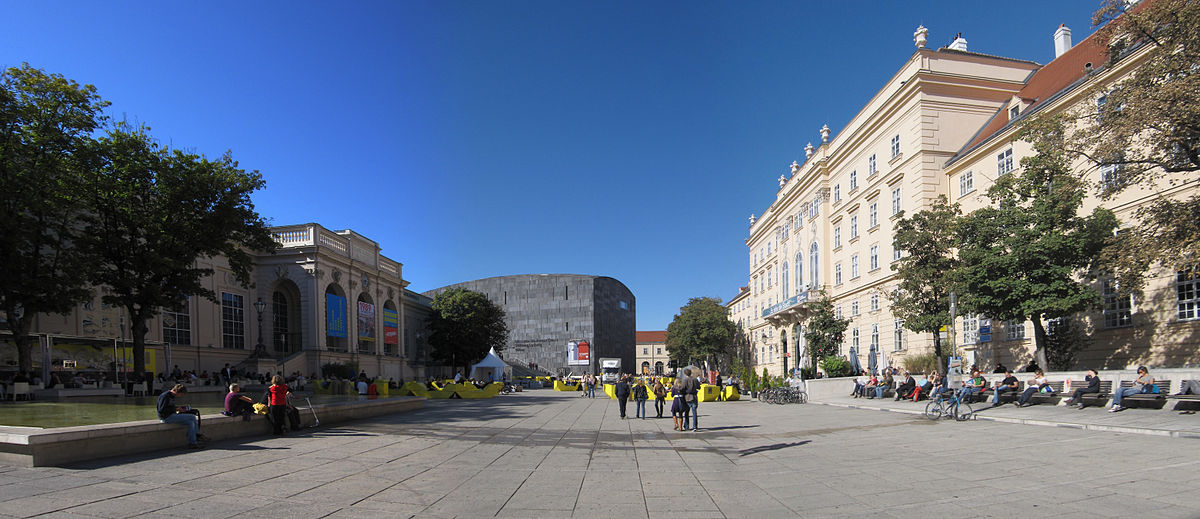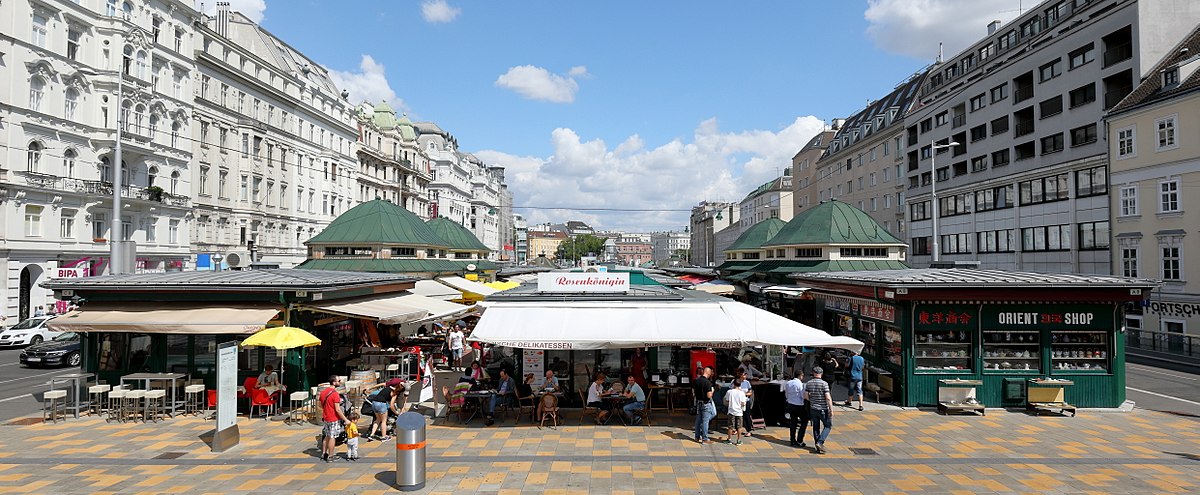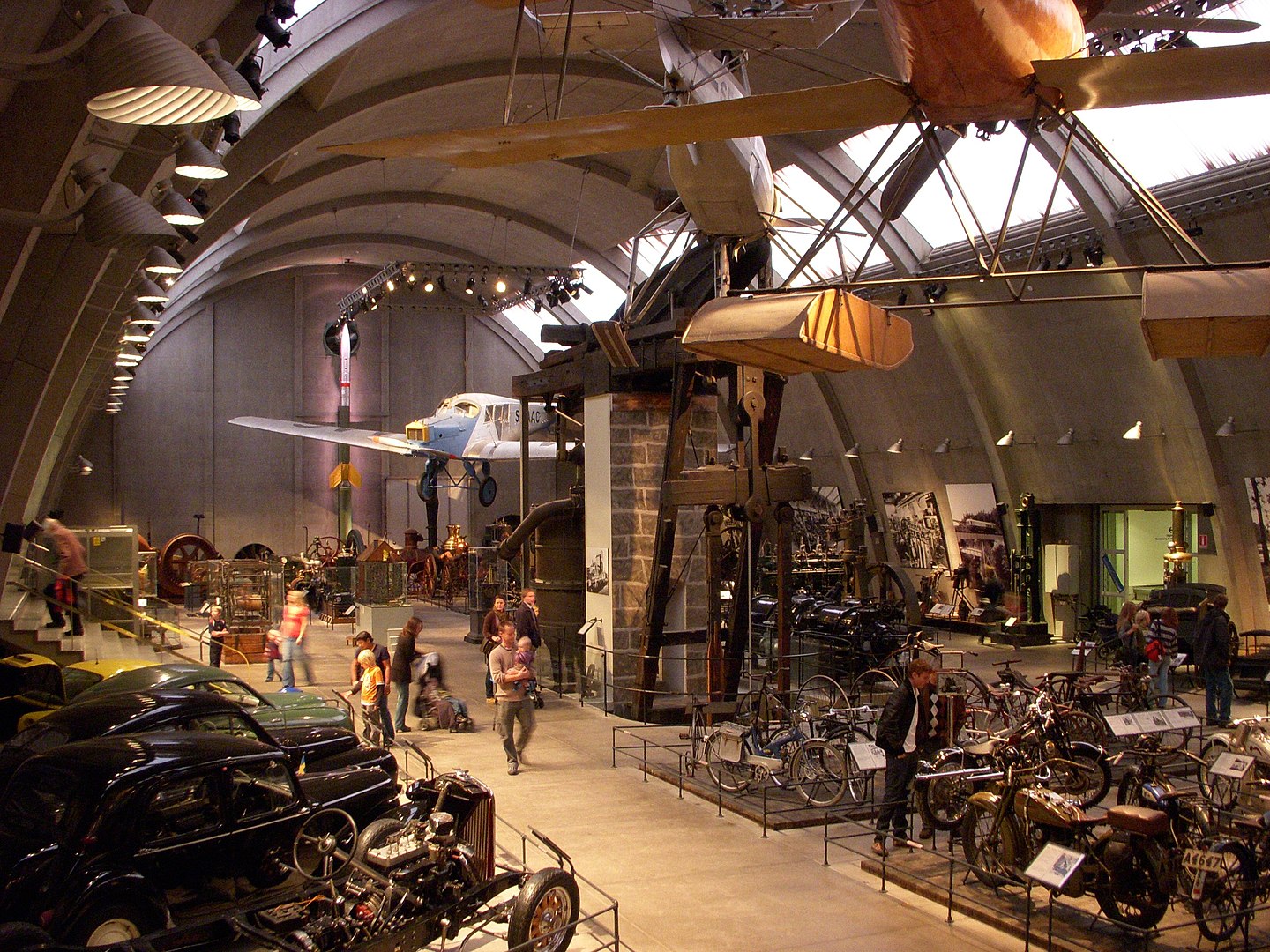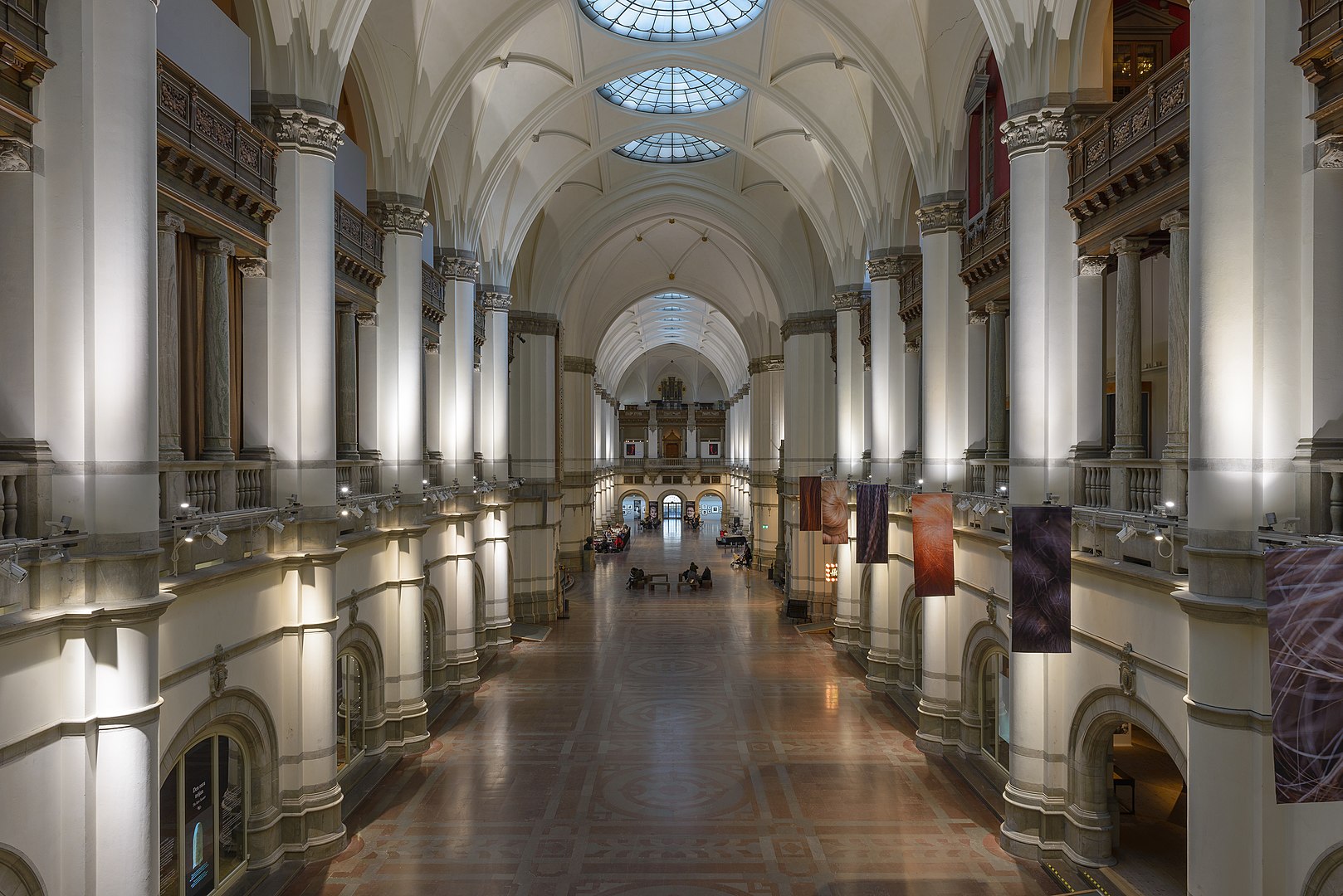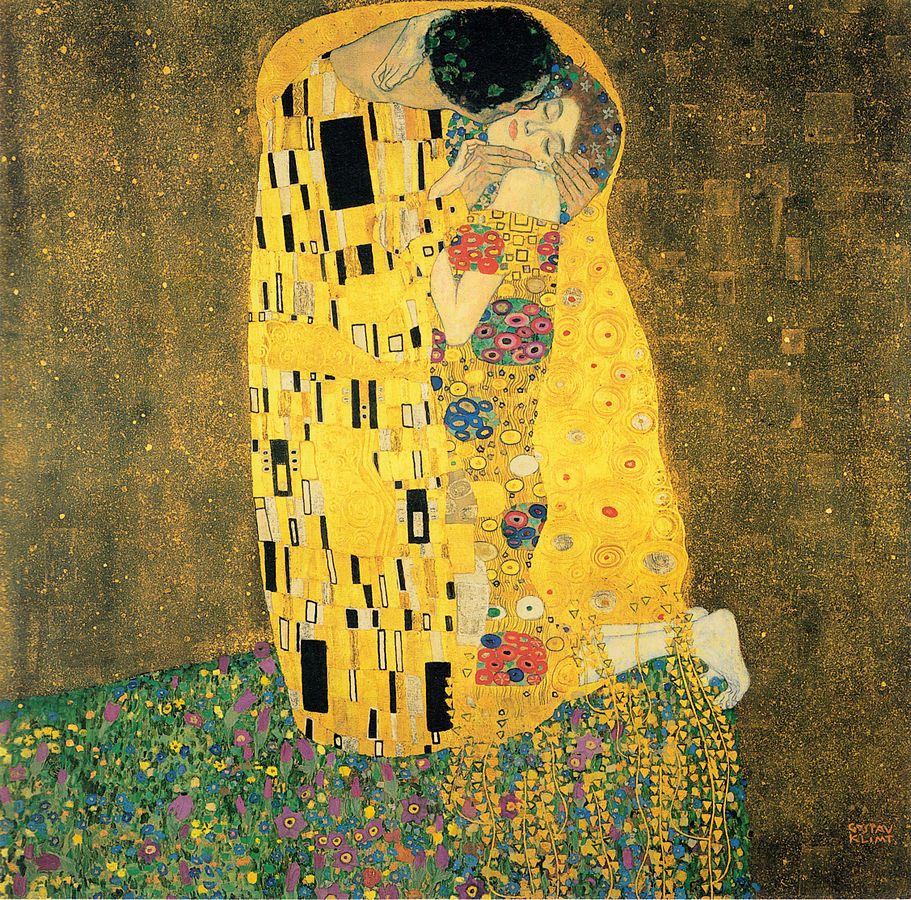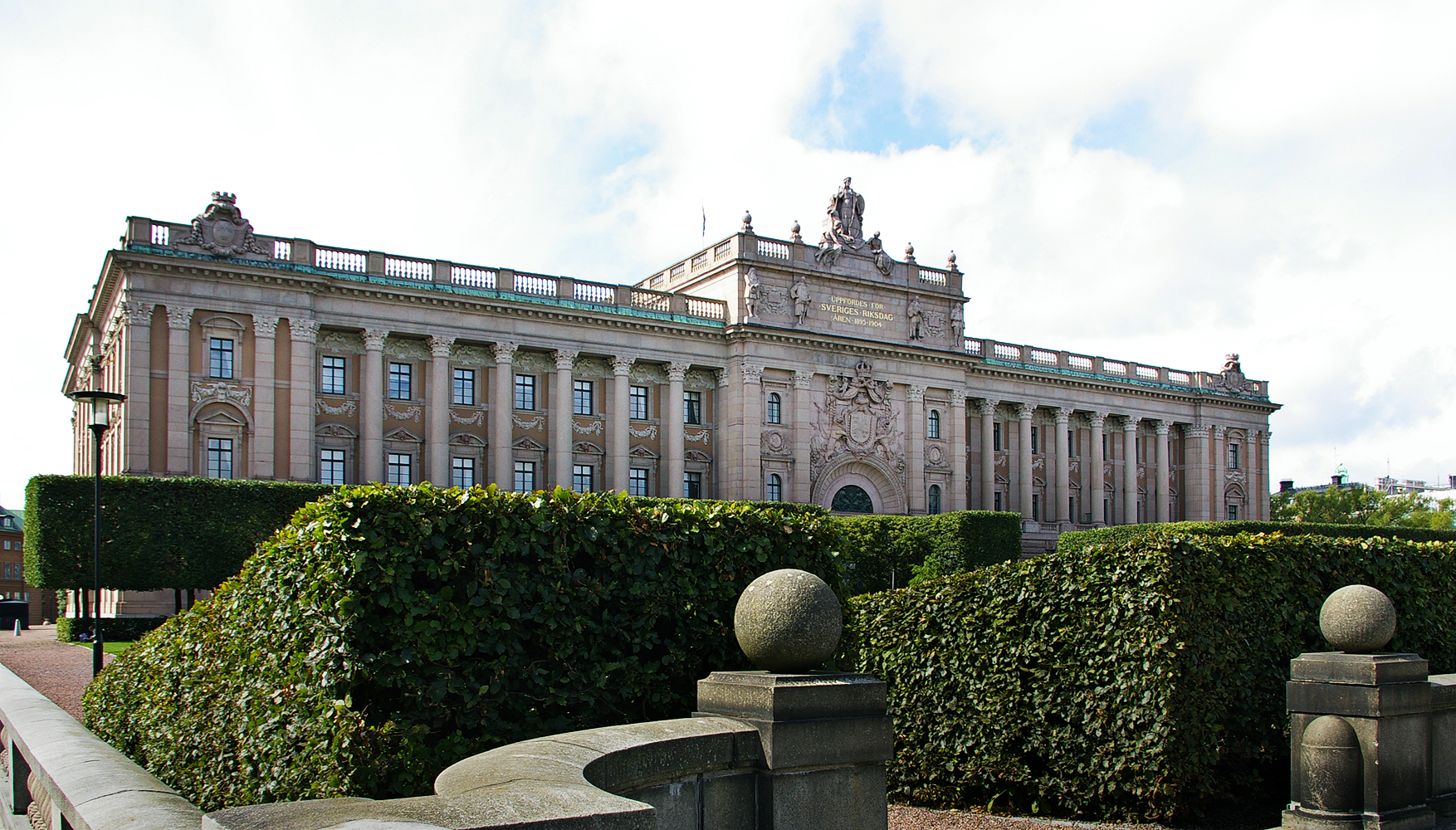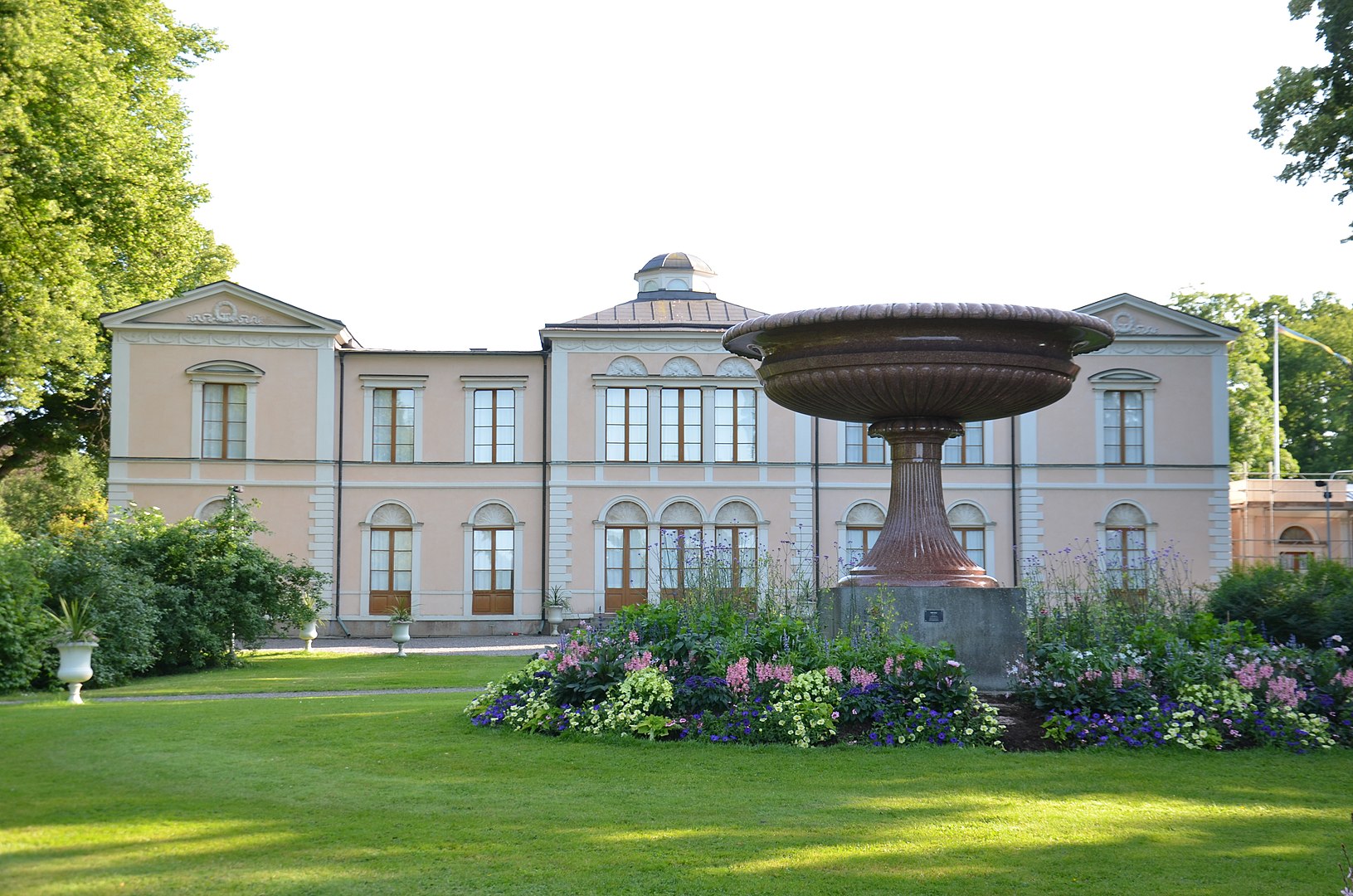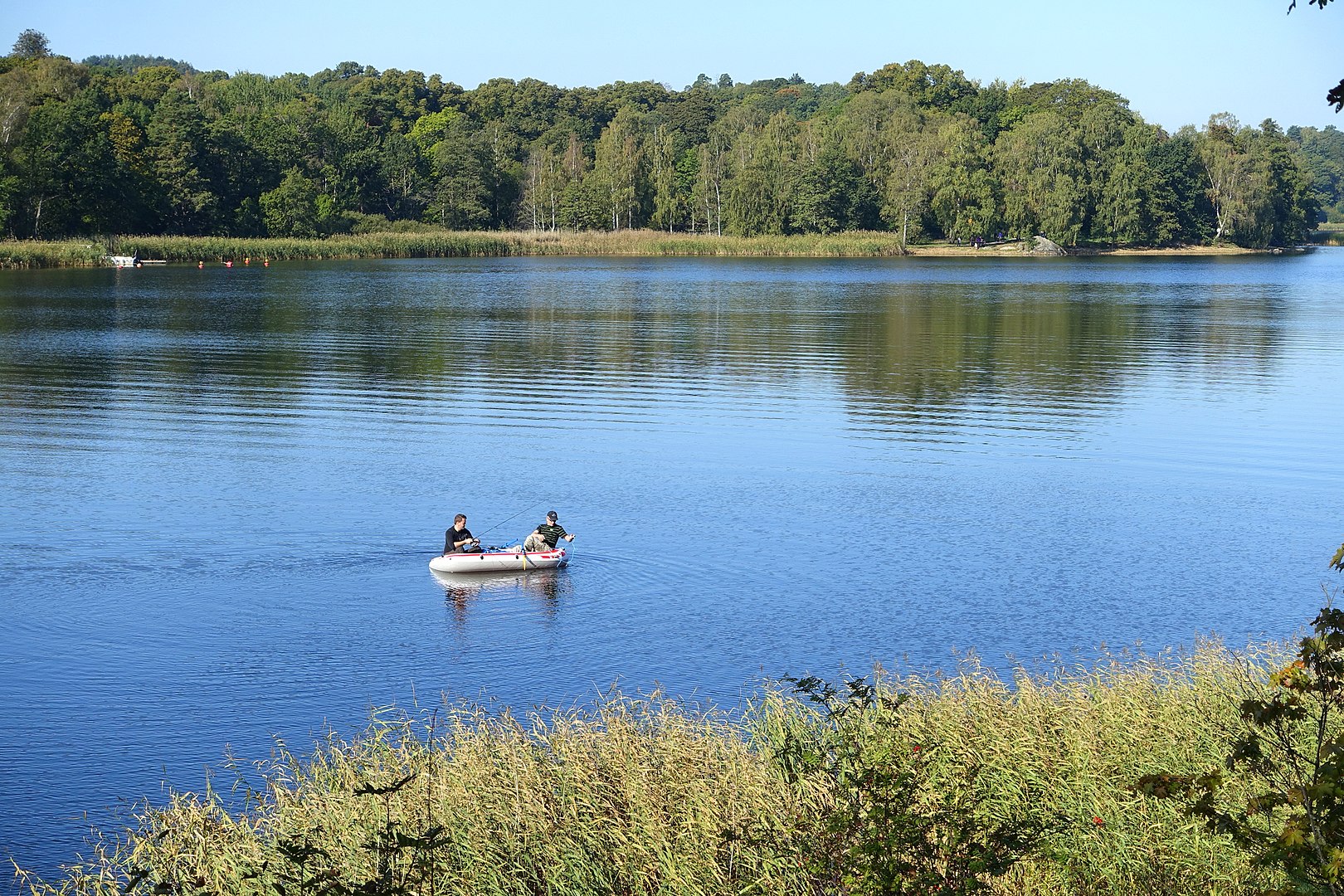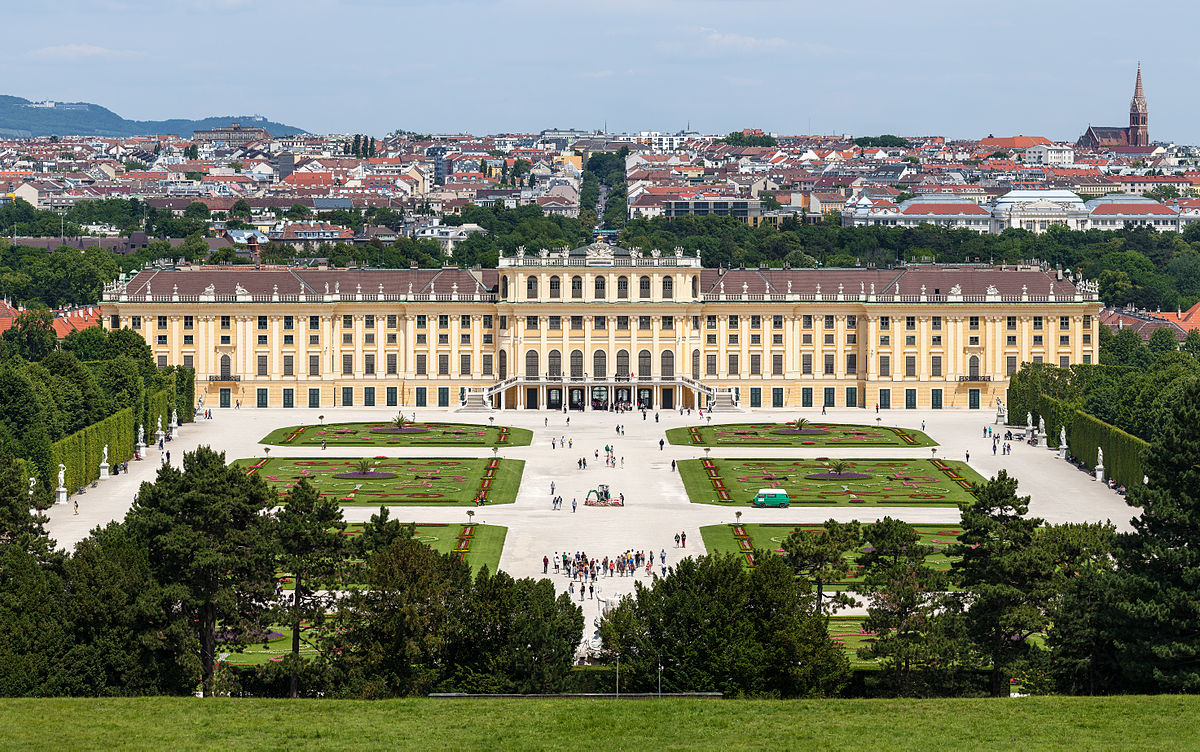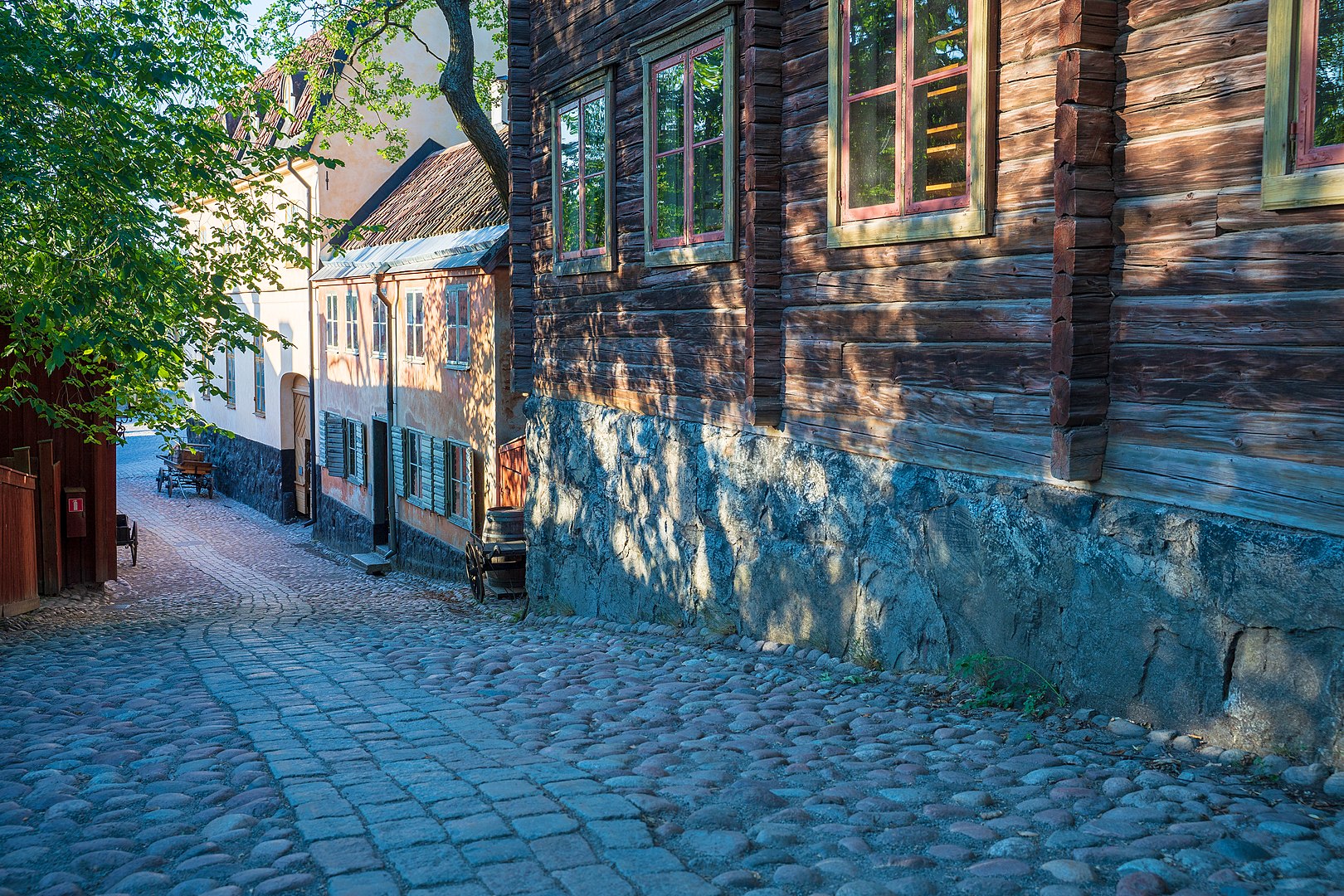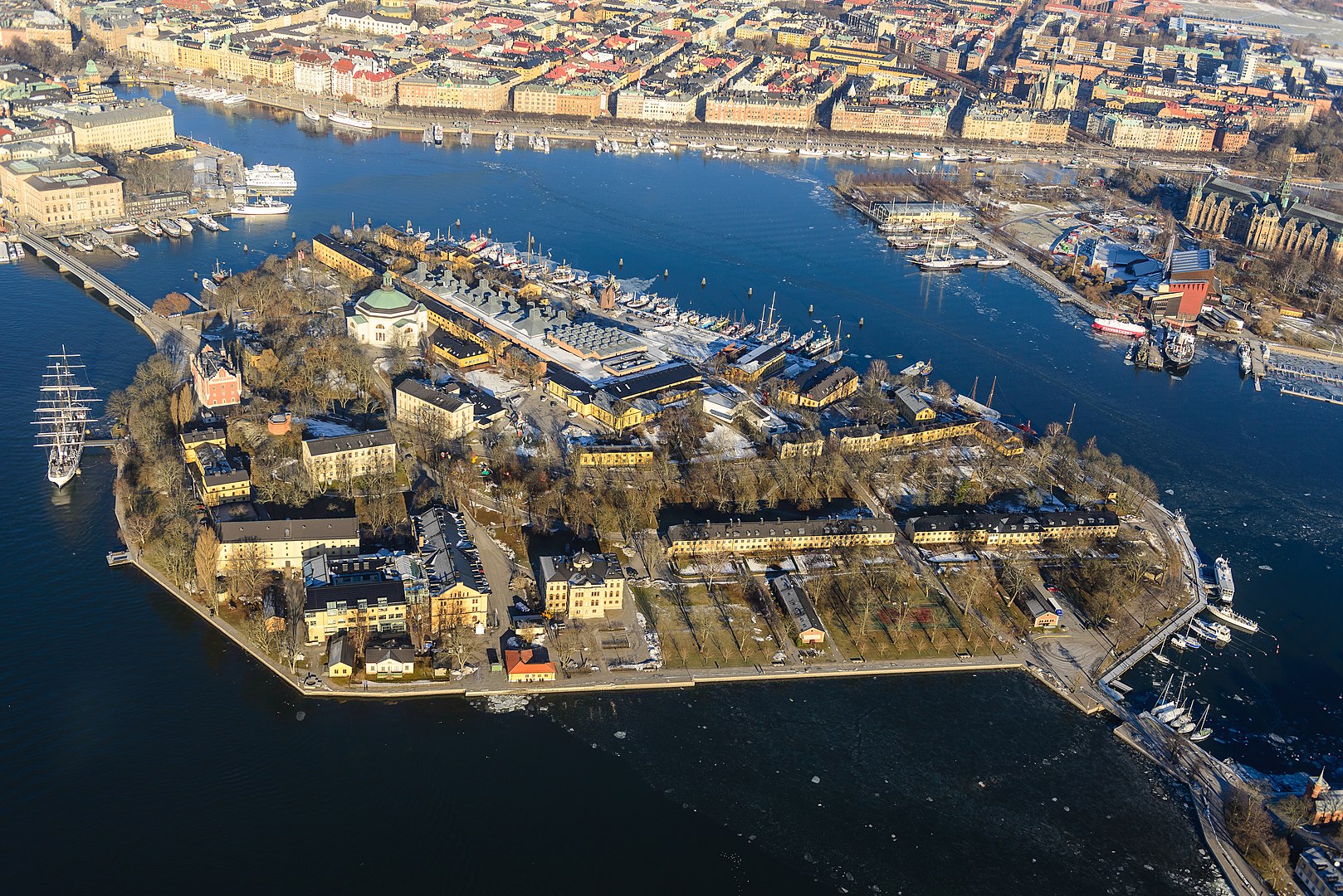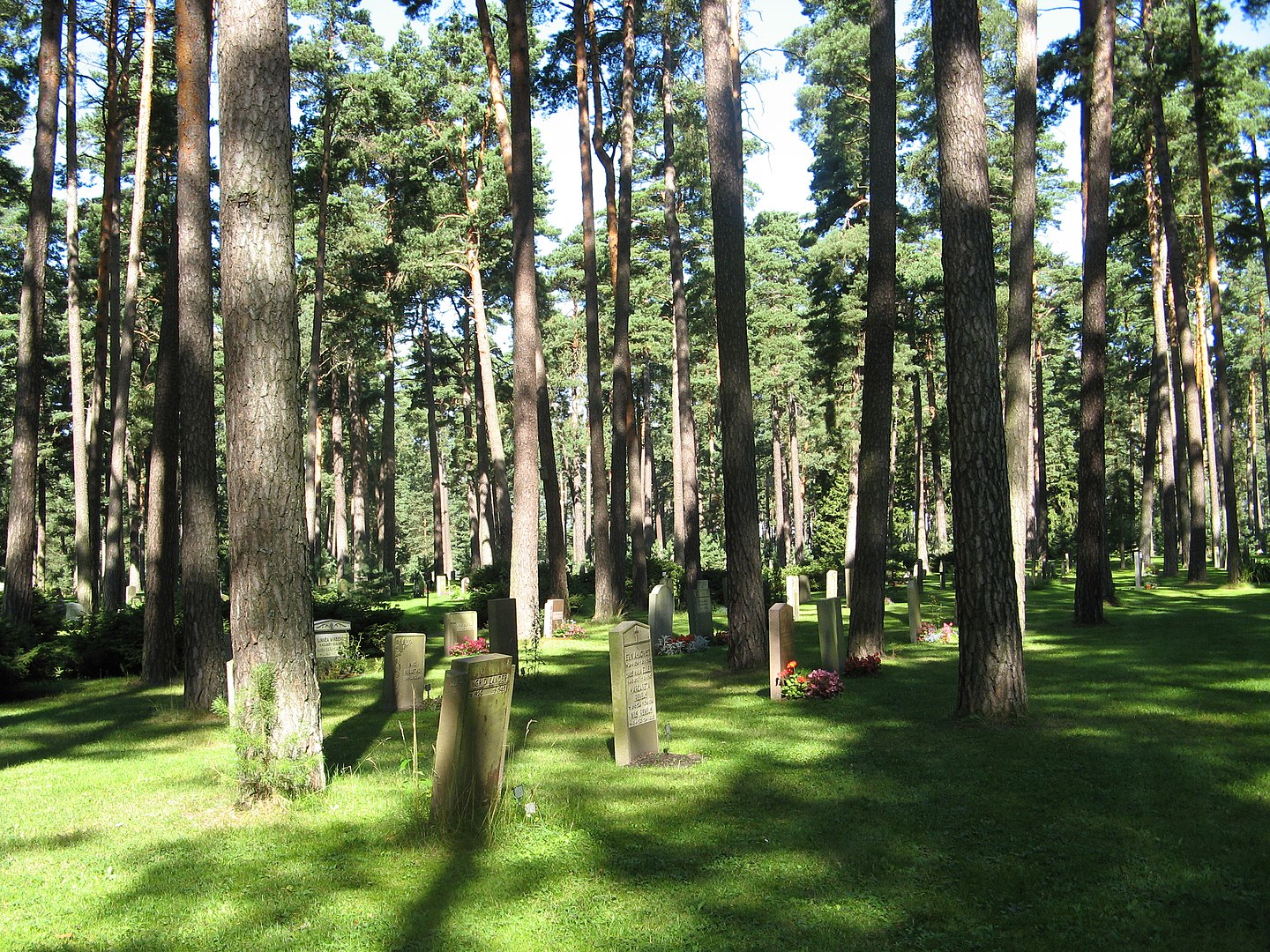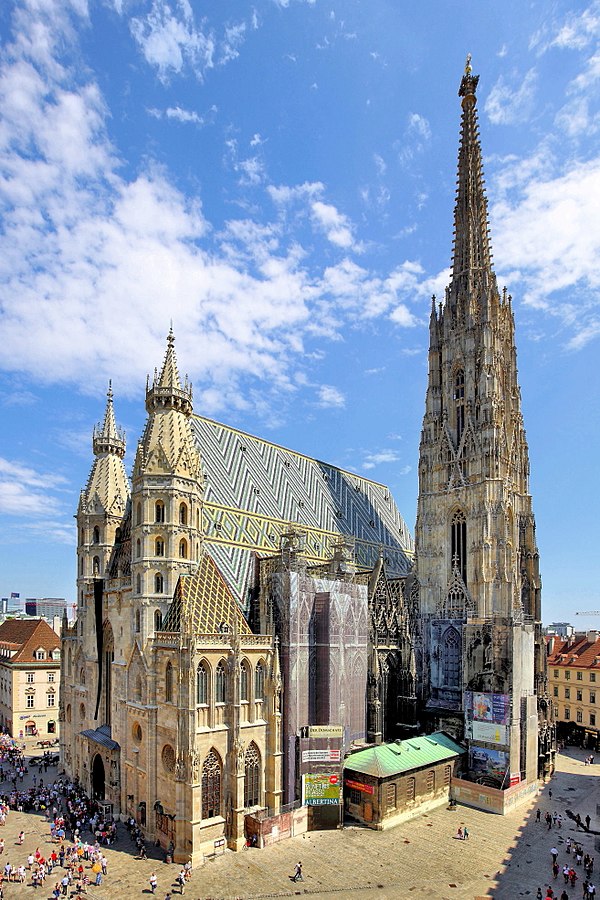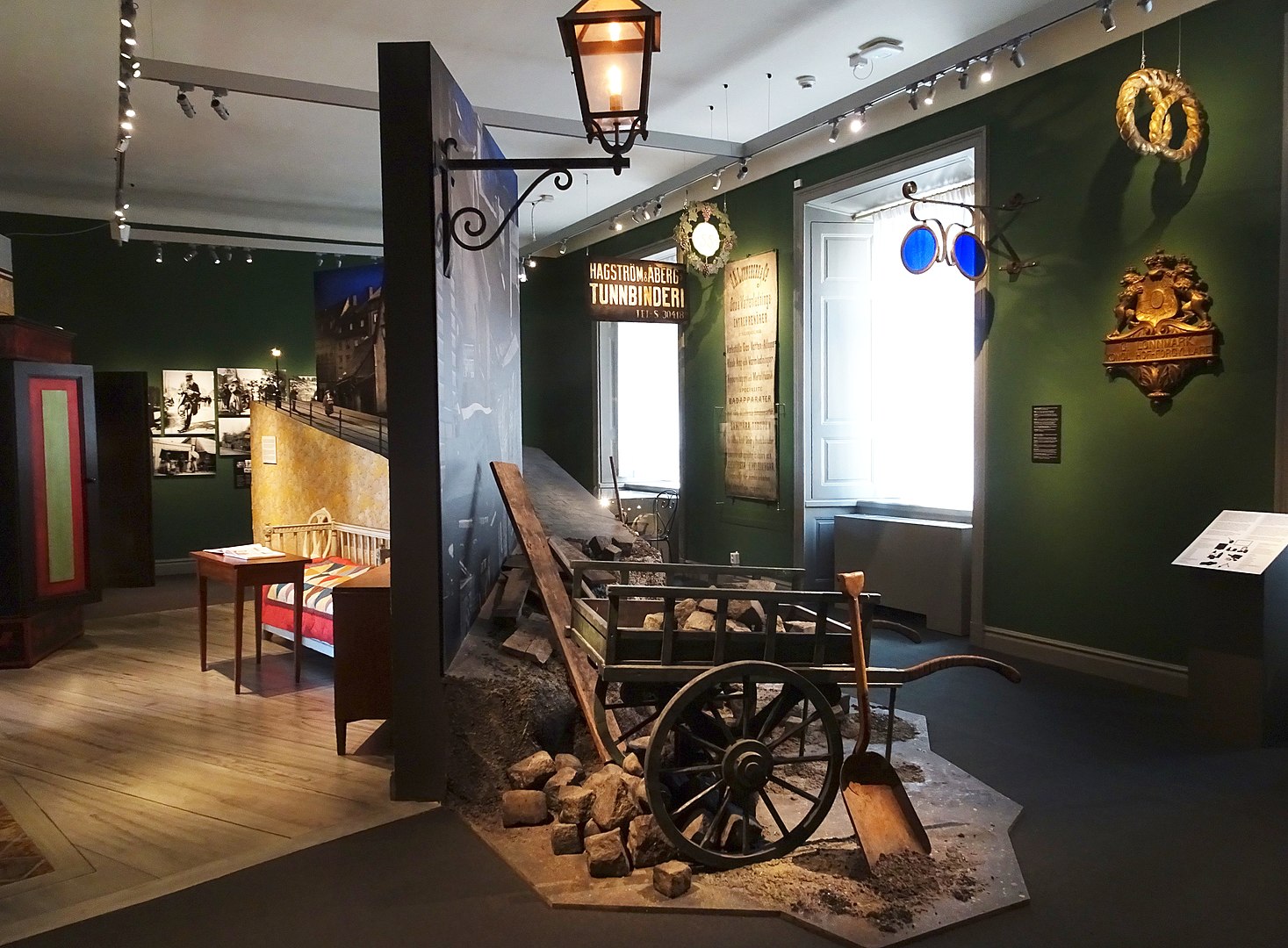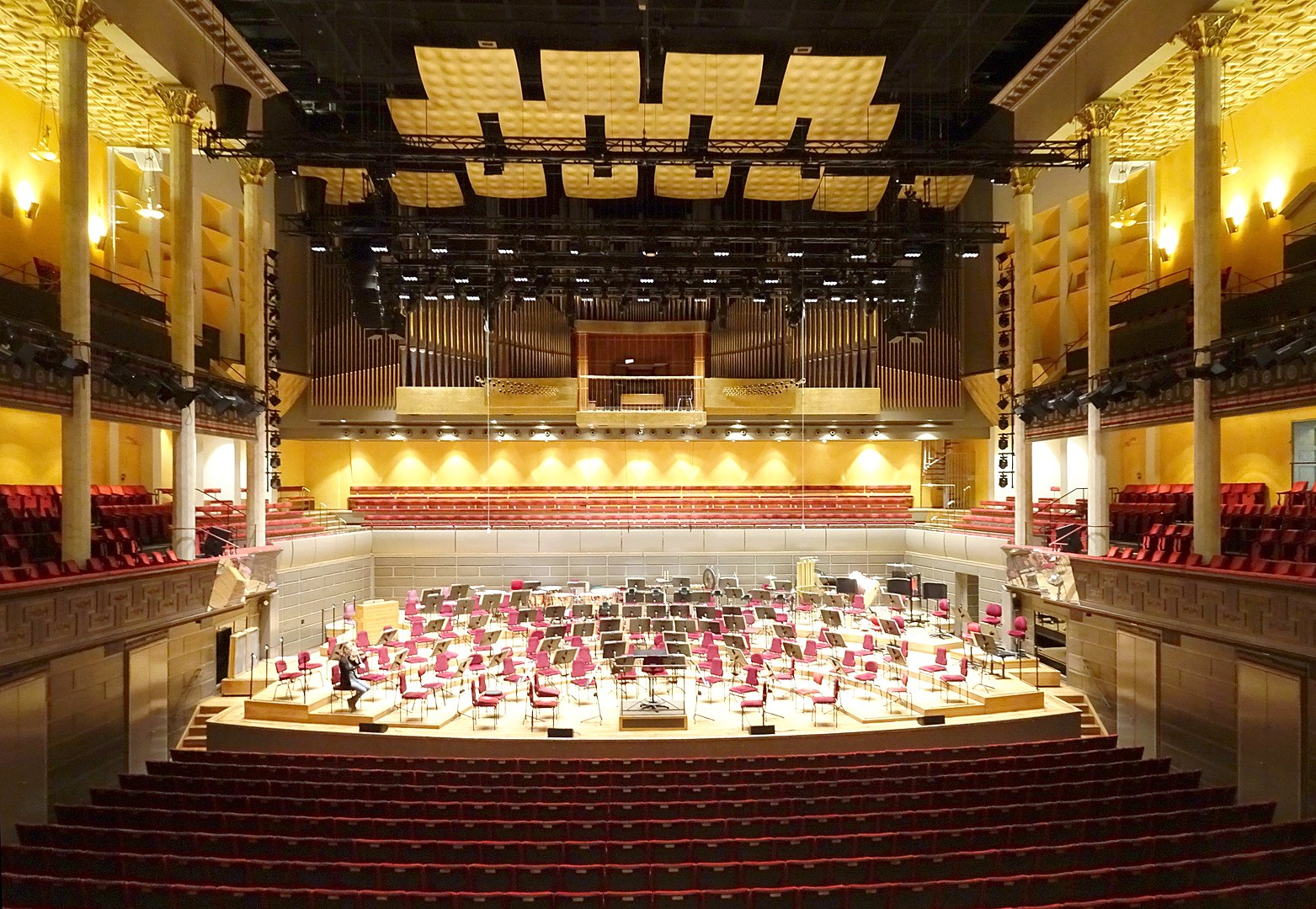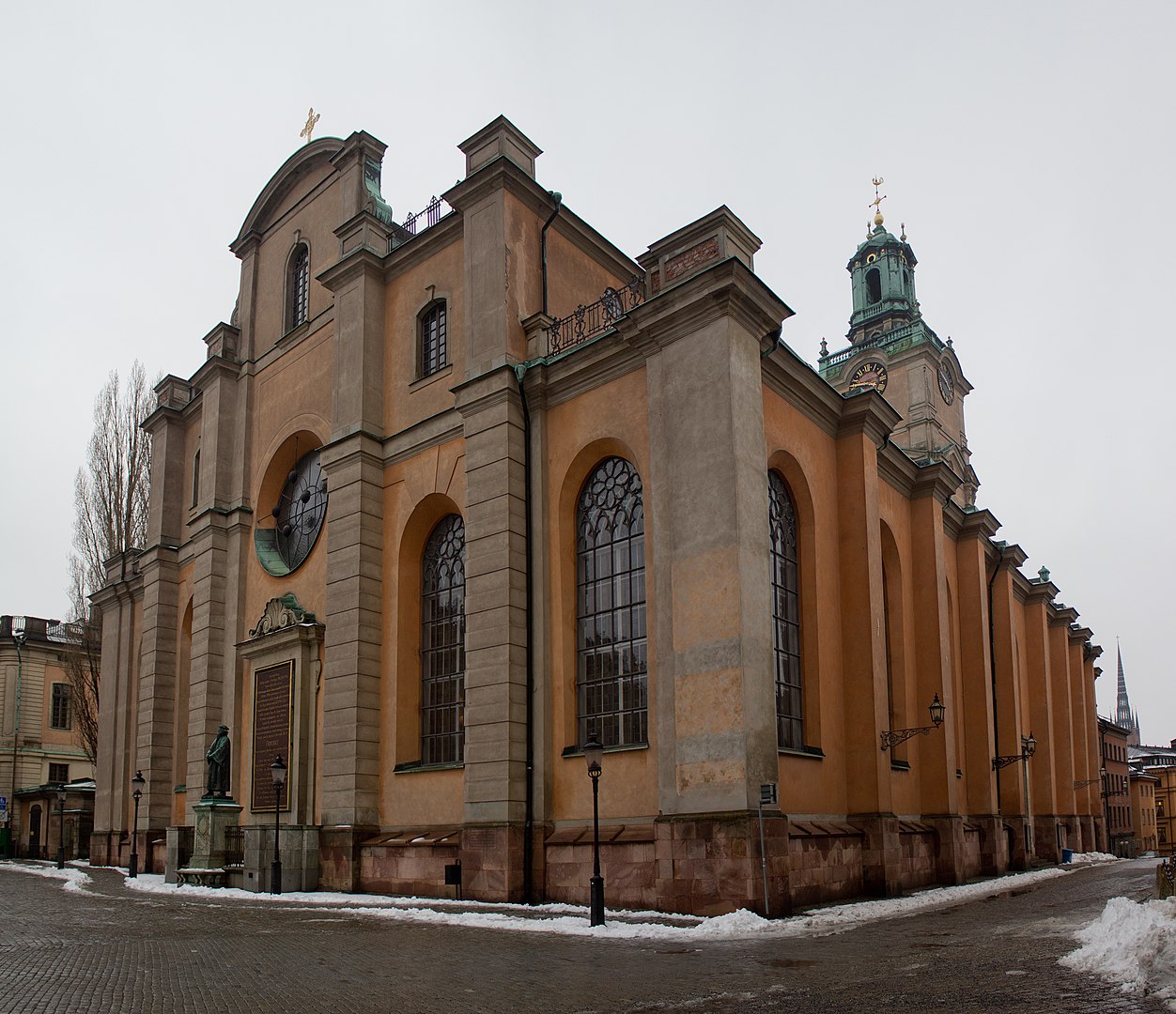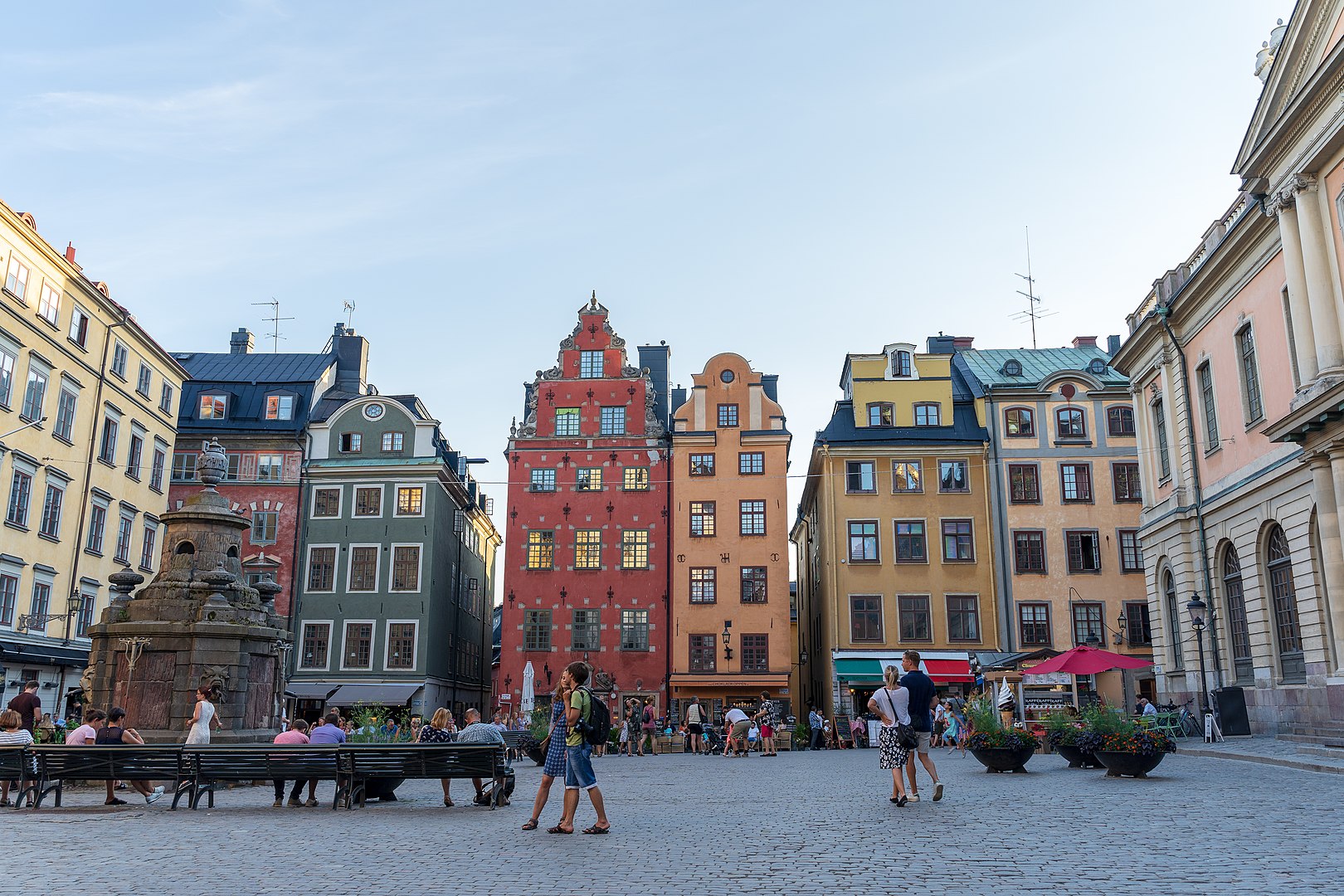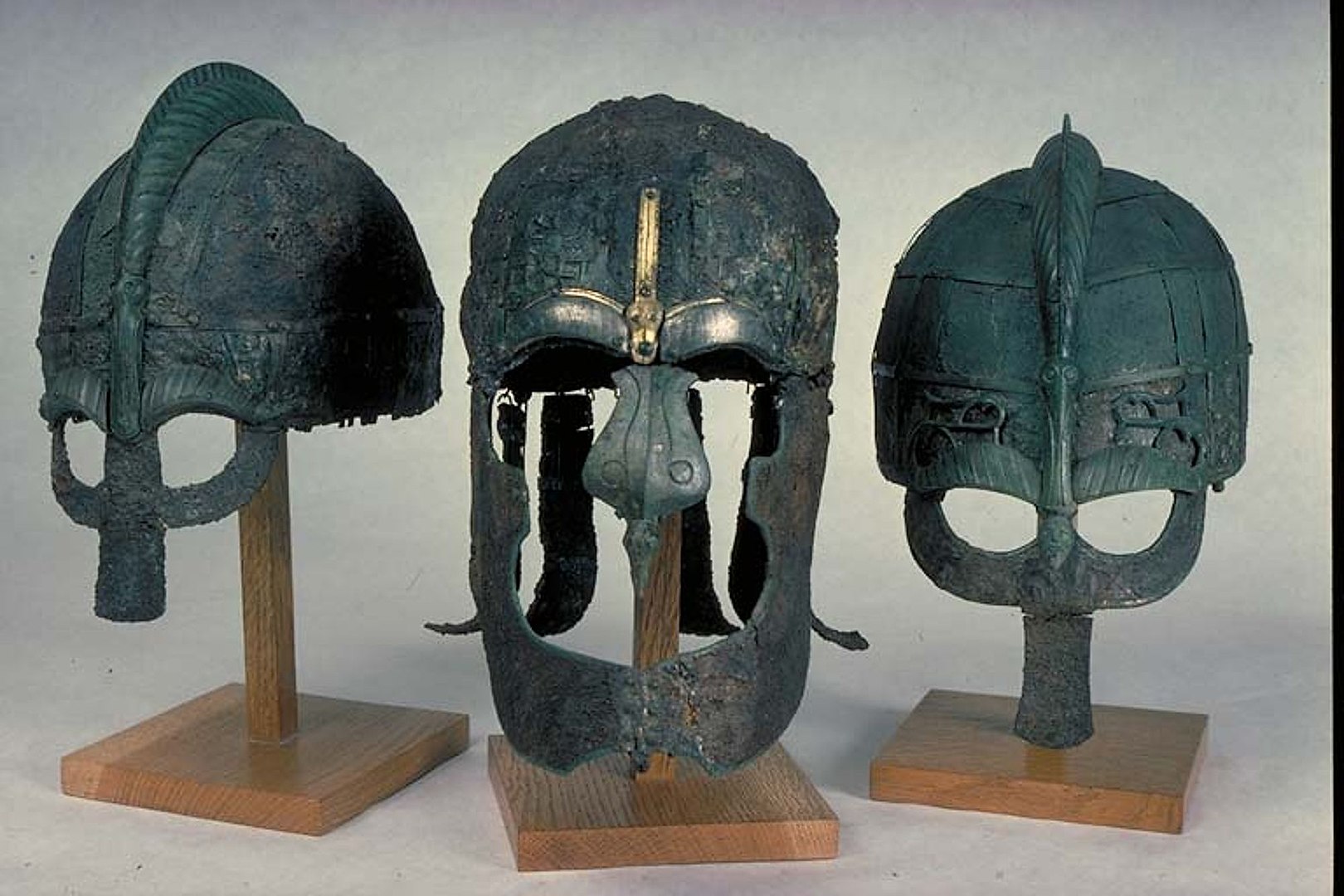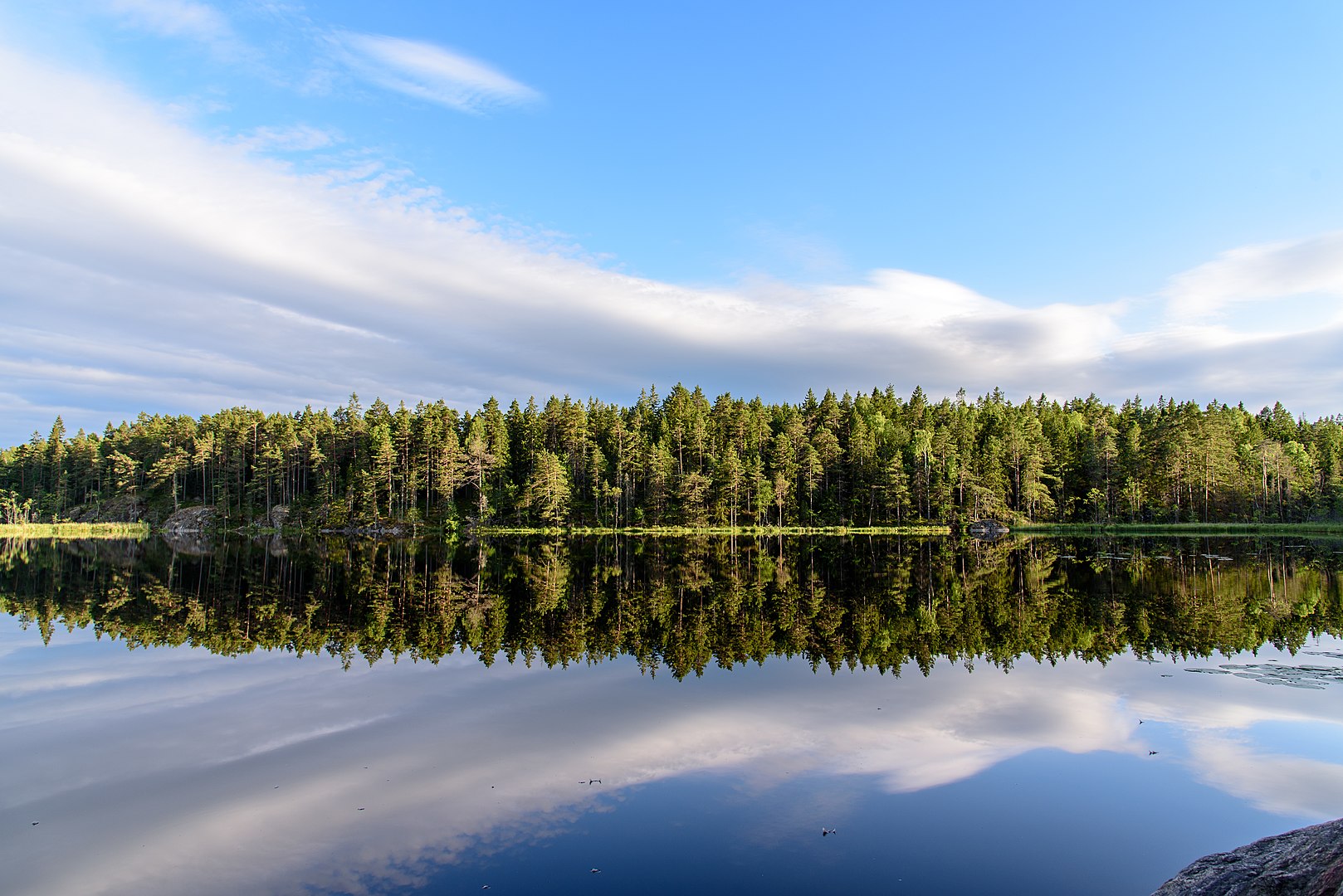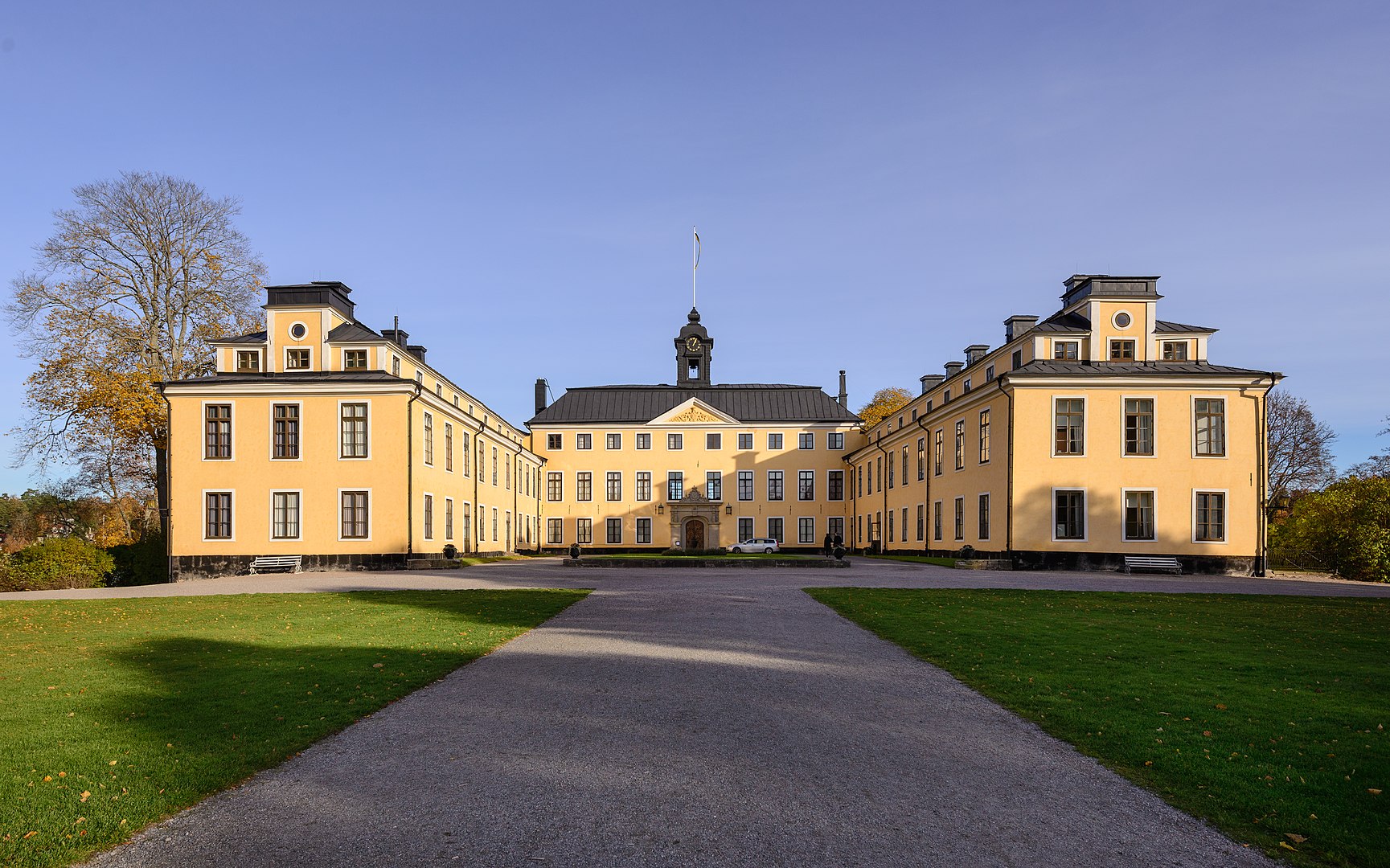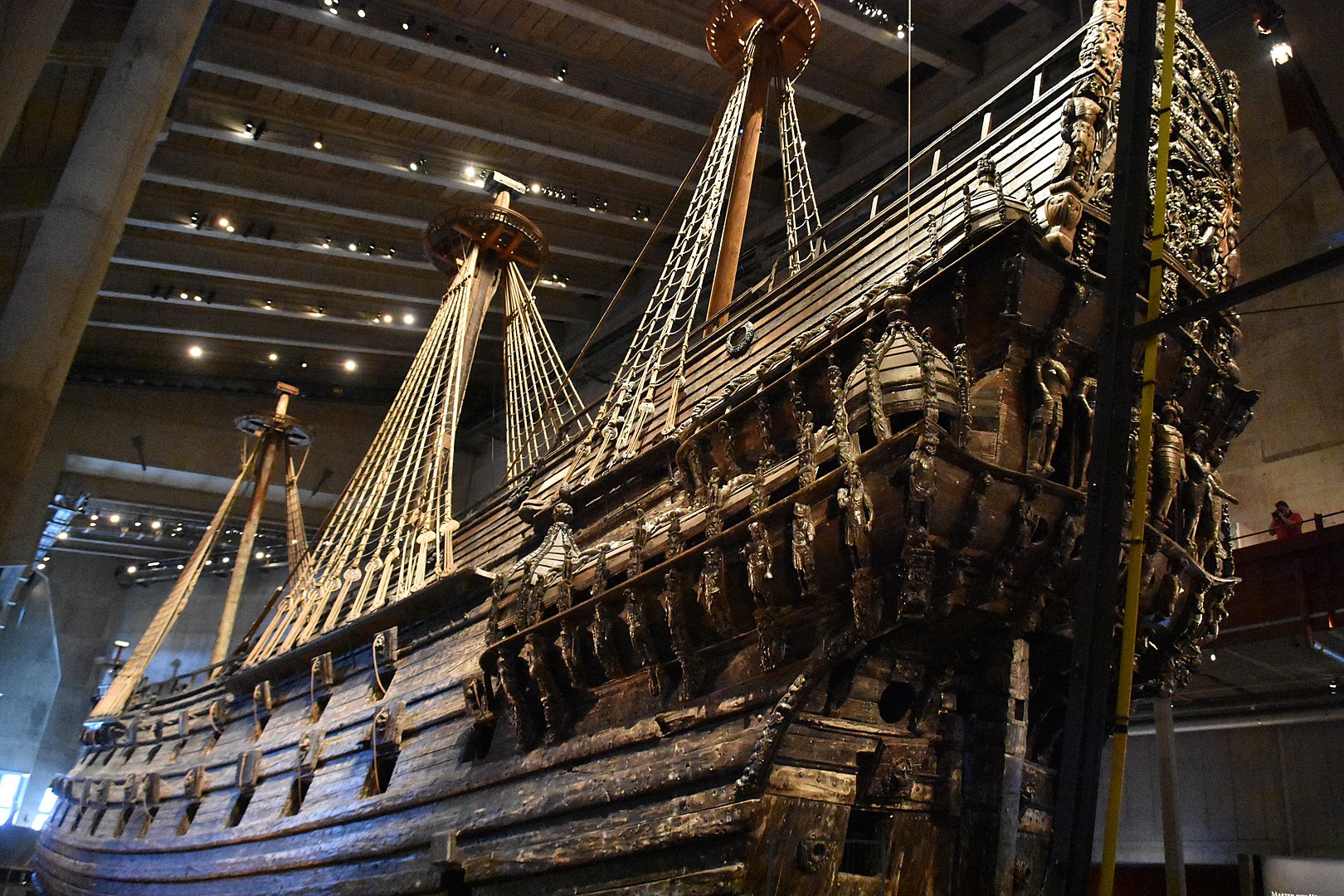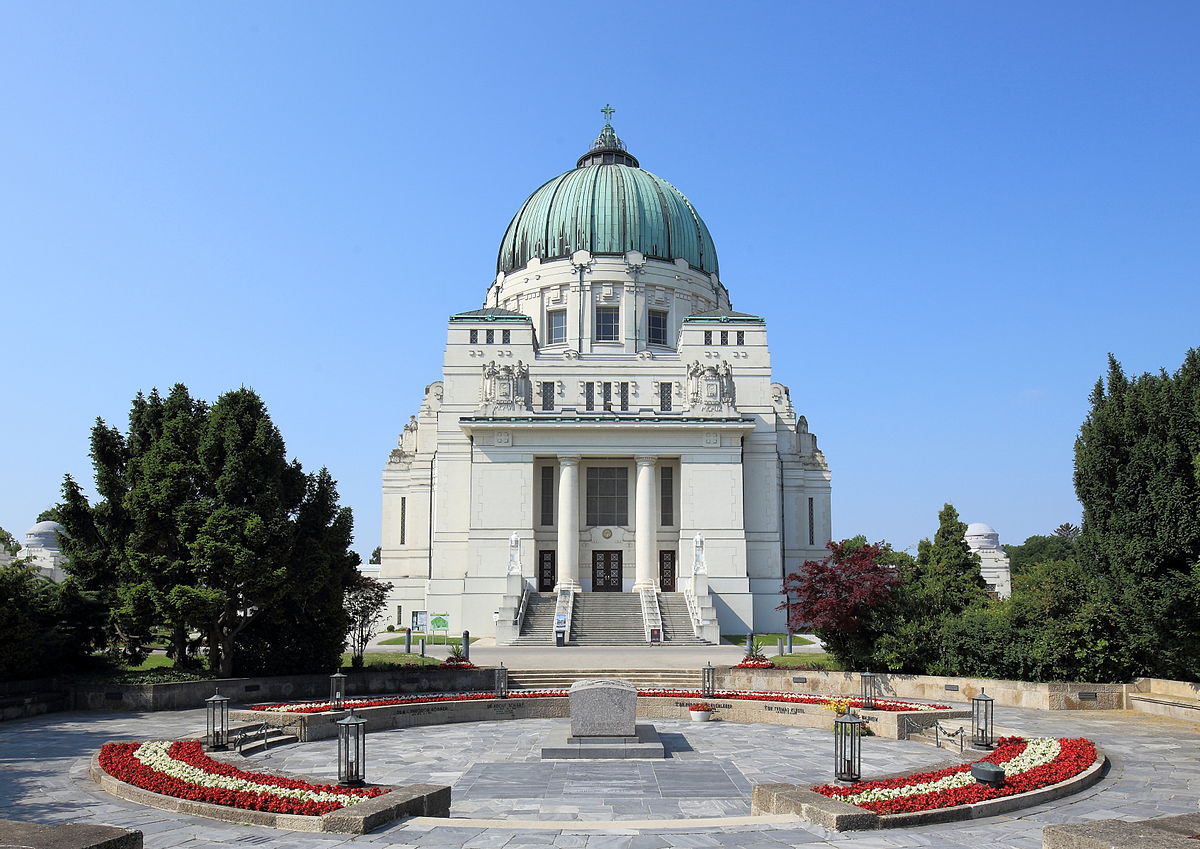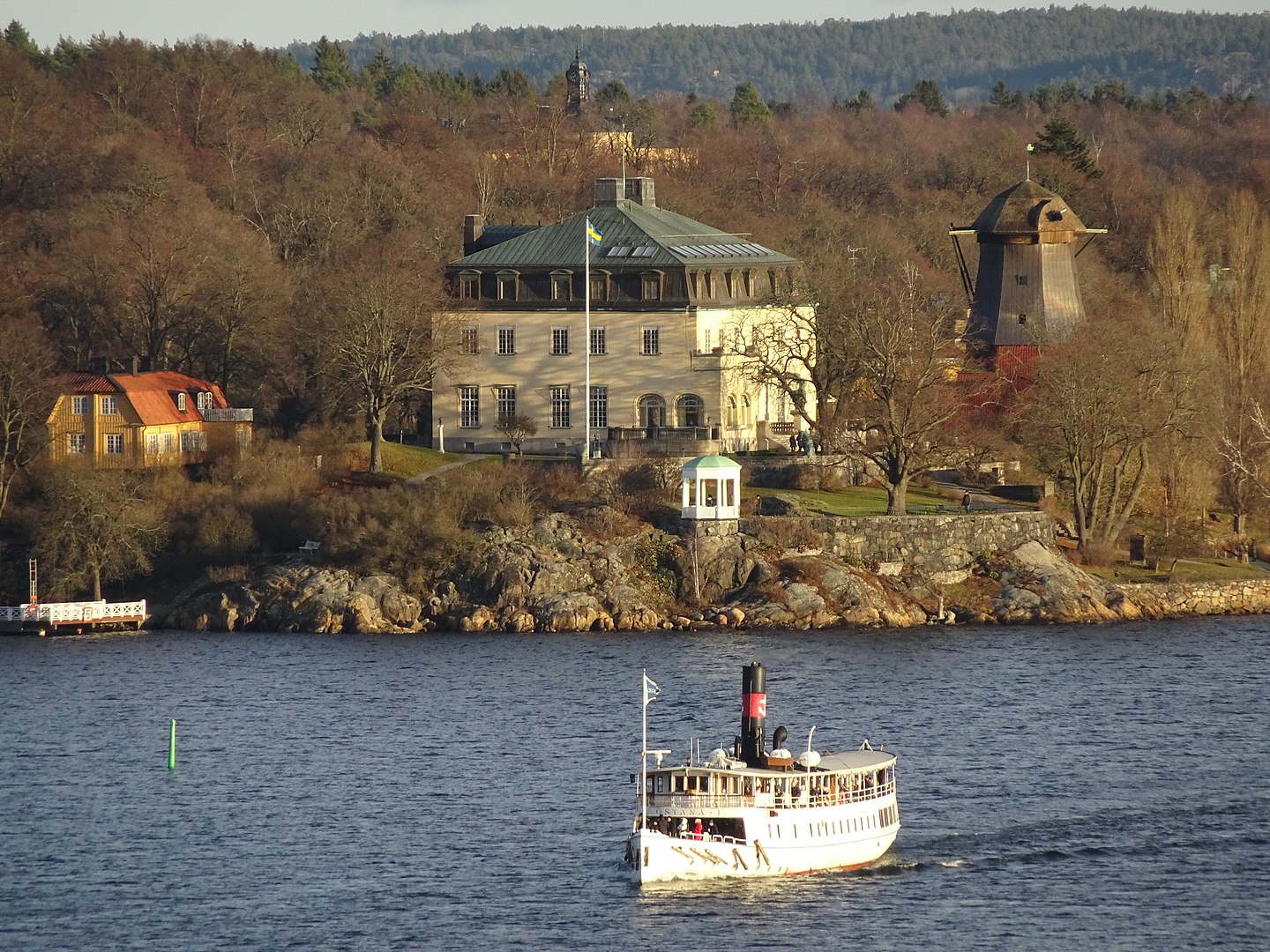VIENNA
Why is Vienna worth a visit?
Vienna is certainly one of the cities that you have to see once in your lifetime. After all, the capital of Austria is one of the most beautiful cities worth seeing and living not only in Europe, but in the whole world. It is not without reason that the entire city center of Vienna is part of the UNESCO World Heritage. Hardly any other city has such a great combination of magnificent architecture, world-class museums, art and culture in abundance, outstanding theater and opera stages, beautiful green spaces, world-renowned cuisine and, above all, a very special flair to offer.
Here are our top 10 reasons to travel to Vienna:
1. Vienna is a real beauty. Hardly any other city in the world has such a beautiful and well-preserved historic building stock as the Austrian capital. The entire city center of Vienna is therefore a UNESCO World Heritage Site.
2. Vienna has many magnificent imperial buildings, from Schönbrunn Palace to Belvedere Palace and the Imperial Hofburg Palace to the many city palaces of noble families.
3. Vienna is home to some of the most important art museums in the world. Here you can find both the Old Masters (as in the Albertina and the Kunsthistorisches Museum) and contemporary masterpieces (as in the Leopold Museum and the MUMOK).
4. In Vienna you can find absolutely unique attractions, such as the Spanish Riding School, the Imperial Crypt and the Wurstelprater.
5. Vienna is a theater and opera metropolis. The city’s stages, such as the Burgtheater and the Vienna State Opera, are among the hottest addresses for opera and drama.
6. Vienna is a city of churches. St. Stephen’s Cathedral, Karlskirche, Votivkirche, Minoritenkirche etc. are among the most beautiful churches in Europe.
7. Vienna has not only the famous Prater, but also a whole series of beautiful gardens and parks.
8. Vienna is a great place to eat out. Viennese cuisine is known and loved far beyond the borders of the city.
9. Vienna has lots of flair. This cannot be described with words, but you have to experience yourself on the spot.
10. And although Vienna, with its almost two million inhabitants, is one of the largest cities in Central Europe, the Austrian capital has retained its charm, its cosiness and its livability to this day. Year after year, Vienna ranks among the top 3 most liveable cities in the world. And (as we think) quite rightly so.
For whom is Vienna worth a visit?
Sightseers:
Hardly any city in the world has such a long list of famous and extraordinary sights to offer as Vienna. To appreciate them all, one would have to spend many weeks in the city.
Architecture fans:
Vienna has such a large mass of beautiful and historically significant buildings that the city center was logically included in the UNESCO World Heritage List.
History buffs:
For centuries, Vienna was the capital of the Austrian Empire and thus one of the political centers of Europe. Accordingly, one encounters history at every turn in Vienna.
Art lovers:
When it comes to the range of ancient and modern art on offer, few cities in the world can rival Vienna. The city has an impressive density of world-class art museums.
Opera and theatergoers:
Vienna can confidently be called the theater capital. The city’s stages, such as the Burgtheater and the Vienna State Opera, are among the best that opera and drama have to offer worldwide.
Gourmets:
In few cities in Europe can you dine as well as in Vienna. Viennese cuisine is known far beyond the city’s borders. And anyone who thinks it consists only of Schnitzel and Kaiserschmarrn is very much mistaken.
Monarchists:
Of course, followers of the former monarchical rulers can wonderfully reminisce in Vienna. What better places to do so than Schönbrunn Palace and the Vienna Hofburg.
Families and children:
And last but not least, it should be said that Vienna is a great place to visit with children. The Vienna Prater, Schönbrunn Zoo, the Donauinsel and the many museums, which also offer special children’s programs, are of great interest to younger visitors.
Best time to travel
The best time to visit Vienna are the summer months, when the weather is usually nice and warm and you can also enjoy the days outdoors. But also in May and in September Vienna usually has good weather to offer. Of course, you can also visit the Austrian capital in fall and winter. With its many museums, even wet and cold days can be endured very well in Vienna. In December, Vienna exudes a very special charm when the city’s many Christmas markets attract both locals and visitors from all over the world.
Getting there
By car:
Vienna is Austria’s main traffic hub and accordingly easy to reach by car. Freeways lead in all directions – the Western Freeway to Upper Austria, Salzburg, Tyrol and Germany, the Southern Freeway to Styria, Carinthia, Italy and Slovenia, the Eastern Freeway to Hungary and Slovakia and the Northern Freeway to the Czech Republic.
By train:
Vienna is also a railroad junction with very good national and international connections.
By plane:
Vienna has an international airport from which you can fly (several times) daily to all major cities in Germany, Austria and Switzerland.
Shopping
As a metropolis, Vienna has everything to offer that the shopping heart desires. From exclusive luxury stores to the large, international chains to flea markets and second-hand stores, everything can be found in the Austrian capital. What makes the special shopping flair of Vienna are the many (fortunately) still preserved small and mostly owner-operated stores, which do not offer you the standard goods of the big chains. These stores can often be found in side streets of the big shopping streets. So it is always worthwhile to make a little detour or side trip in Vienna now and then.

Food and drink
Viennese cuisine is known far beyond the borders of the city and even Austria. In hardly any other city can you eat so well and enjoy such a great culinary variety. No wonder, Vienna was for many years the melting pot of the Austro-Hungarian monarchy, where the cuisines of the various crown lands intermingled. Above all, Vienna is known for its three local gastronomic institutions: the Kaffeehaus (Coffeehouse), the Beisl and the Heuriger.
A distinct café culture has been celebrated in Vienna since the 19th century. As a Viennese, you don’t just go to a Kaffeehaus to have a quick cup of coffee, but you pass the time there with newspapers, playing cards or studying the other guests. No wonder that in Vienna coffee is prepared in well over a dozen ways. Visitors to Vienna usually have to consult the menu to get into the science of Melange, Fiaker and Einspänner.
Beisl is best translated as a small inn or pub. This is where locals gather to drink beer or wine and, of course, to enjoy the excellent local cuisine. So if you want to eat really tasty Wiener Schnitzel, Tafelspitz or Palatschinken, you should take a seat in a real Viennese Beisl. If you are worried that you will only be served high-calorie and high-fat food in a Beisl, you should know that this is no longer the case in many cases. The young Viennese culinary scene is excellent at combining traditionally heavy Viennese cuisine with (lighter) international influences.
And the third Viennese gastro institution really only exists in this form in the Austrian capital. The so-called Heuriger is a place where you can drink young wine and get served down-to-earth snacks. What makes the Heurigen so charming is their idyllic location in courtyards, vaults and gardens in the wine-growing suburbs on the foothills of the Vienna Woods in the northwest of the city. Additional charm is often added by small music groups that entertain guests with typical Viennese songs.
Nightlife and entertainment
Vienna has an extremely diverse nightlife and entertainment program to offer. Those who like to go to the theater or the opera will be spoiled for choice in Vienna between a variety of excellent stages. If you prefer to be on the dance floor yourself, you will find a very lively club and party scene with high musical quality in Vienna. Electronic music from Vienna in particular is also causing a sensation internationally. The club and party scene ranges from chic to underground. The city’s three major party miles are the Gürtellokale in the Stadtbahnbögen, the Donaukanal and Vienna’s Ringstrasse. In summer, additional beach bars spring up like mushrooms all over the city.
Sights
- All in Vienna
- Alle in Stockholm
- Beaches
- Bridges
- Castles & Palaces
- Churches & Monasteries
- Districts
- Gardens & Parks
- Highlights
- Historical buildings
- Museums & Galleries
- Natural landscapes & National parks
- Other sights
- Shopping
- Streets & Squares
- Theater & Opera houses
- Theme & Amusement parks
- Viewpoints
- World Heritage Sites
- Zoos & Aquariums

Photos: Bwag, Wien – Stephansdom (1), CC BY-SA 4.0 / Thomas Wolf, www.foto-tw.de, Schloss Schönbrunn Wien 2014 (Zuschnitt 2), CC BY-SA 3.0 DE / Simon Matzinger, Neptune Fountain Schönbrunn, CC BY-SA 3.0 / Robert F. Tobler, Giant Ferris Wheel Vienna from W on 2010-09-20, CC BY-SA 4.0 / Kiefer. from Frankfurt, Germany, Wiener Staatsoper (15608967336), CC BY-SA 2.0 / Hans Peter Schaefer, http://www.reserv-a-rt.de, Wien schloss belvedere panorama, CC BY-SA 3.0 / Thomas Ledl, Wien Michaelerplatz Hofburg, CC BY-SA 4.0 / Trishhhh, Color Houses, CC BY 2.0 / © Jorge Royan / http://www.royan.com.ar / CC BY-SA 3.0, Vienna – View of Maria Theresien-Platz and the Kunsthistorisches Museum – 6291, CC BY-SA 3.0 / © Harald Eisenberger, Albertina-Außenansicht, CC BY 3.0 / MBrandstetter, Burgtheater Strassenbahn, CC BY-SA 4.0 / Bwag, Wien – Neue Donau, CC BY-SA 3.0 AT / Bwag, Wien – Kapuzinergruft, Maria-Theresia-Gruft (1), CC BY-SA 3.0 AT / Gryffindor, Neue Burg Vienna June 2006 271, CC BY-SA 3.0 / Thomas Ledl, Karlskirche Abendsonne 1, CC BY-SA 4.0 / Bede735c, Imperial Crown Orb and Sceptre of Austria (Imperial Treasury), CC BY-SA 3.0 / Gryffindor, Secession Vienna June 2006 017, CC BY-SA 3.0 / Thomas Ledl, Wien Rathaus hochauflösend, CC BY-SA 4.0 / sparre, Spanish Riding School Vienna, CC BY-SA 3.0
English version: Machine translation by DeepL






